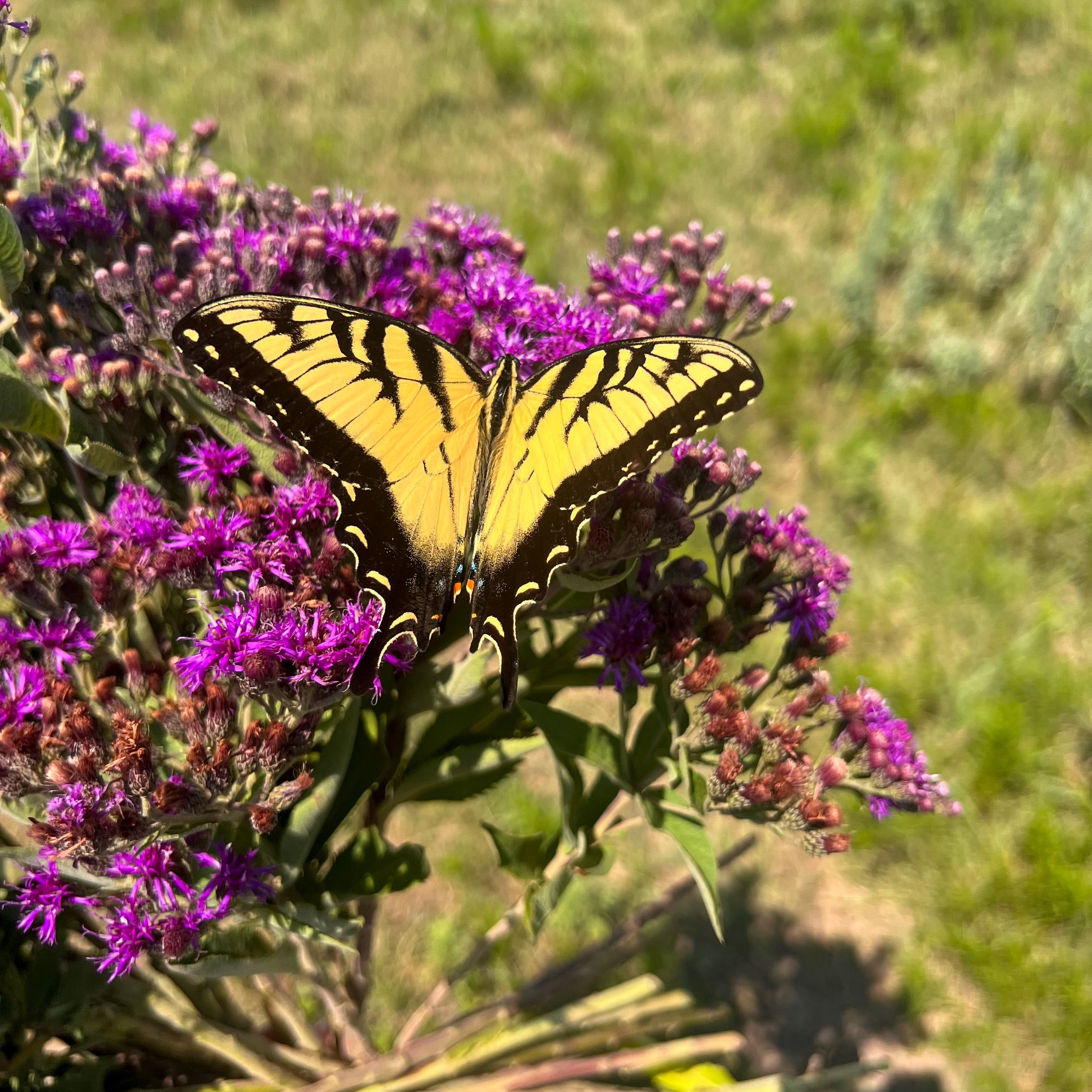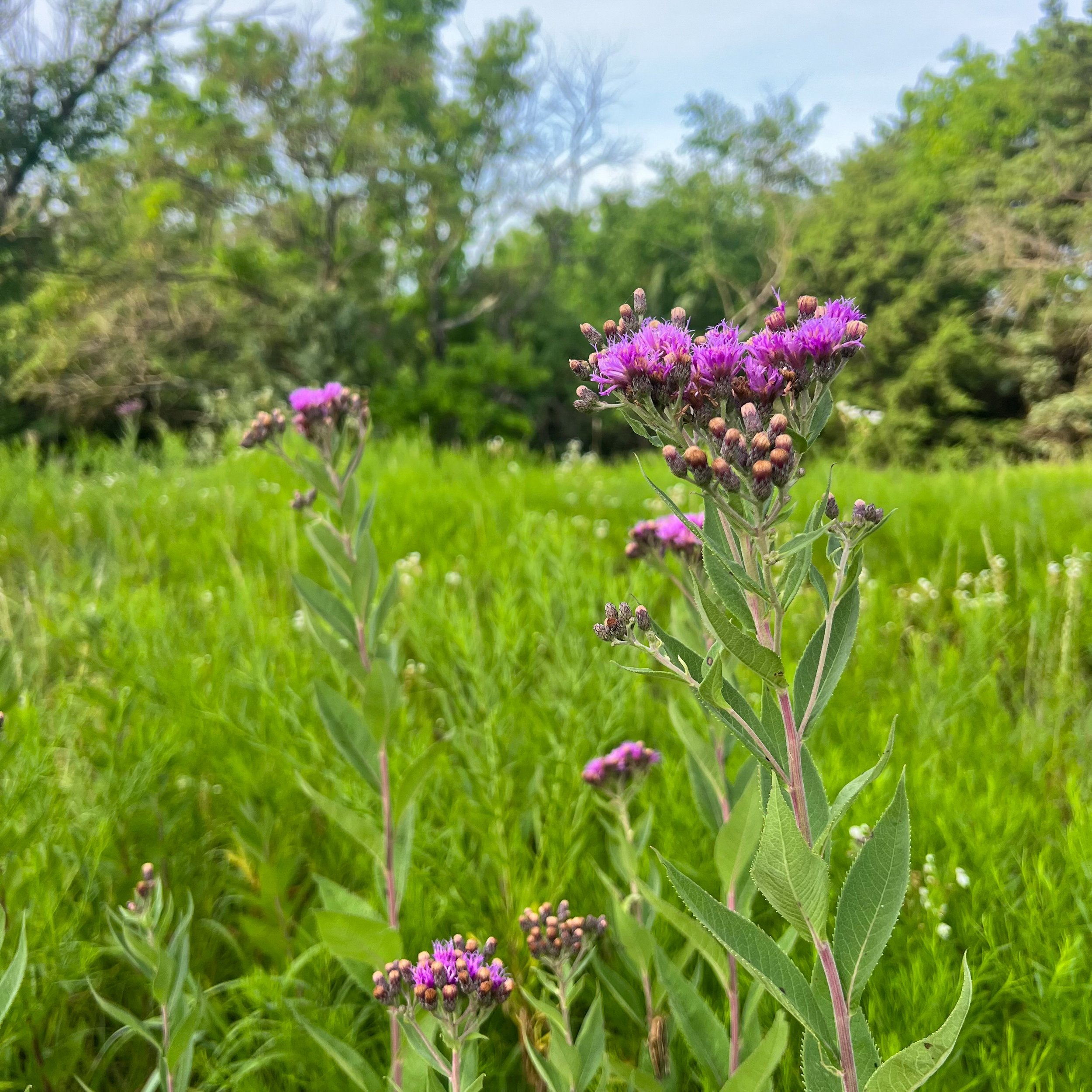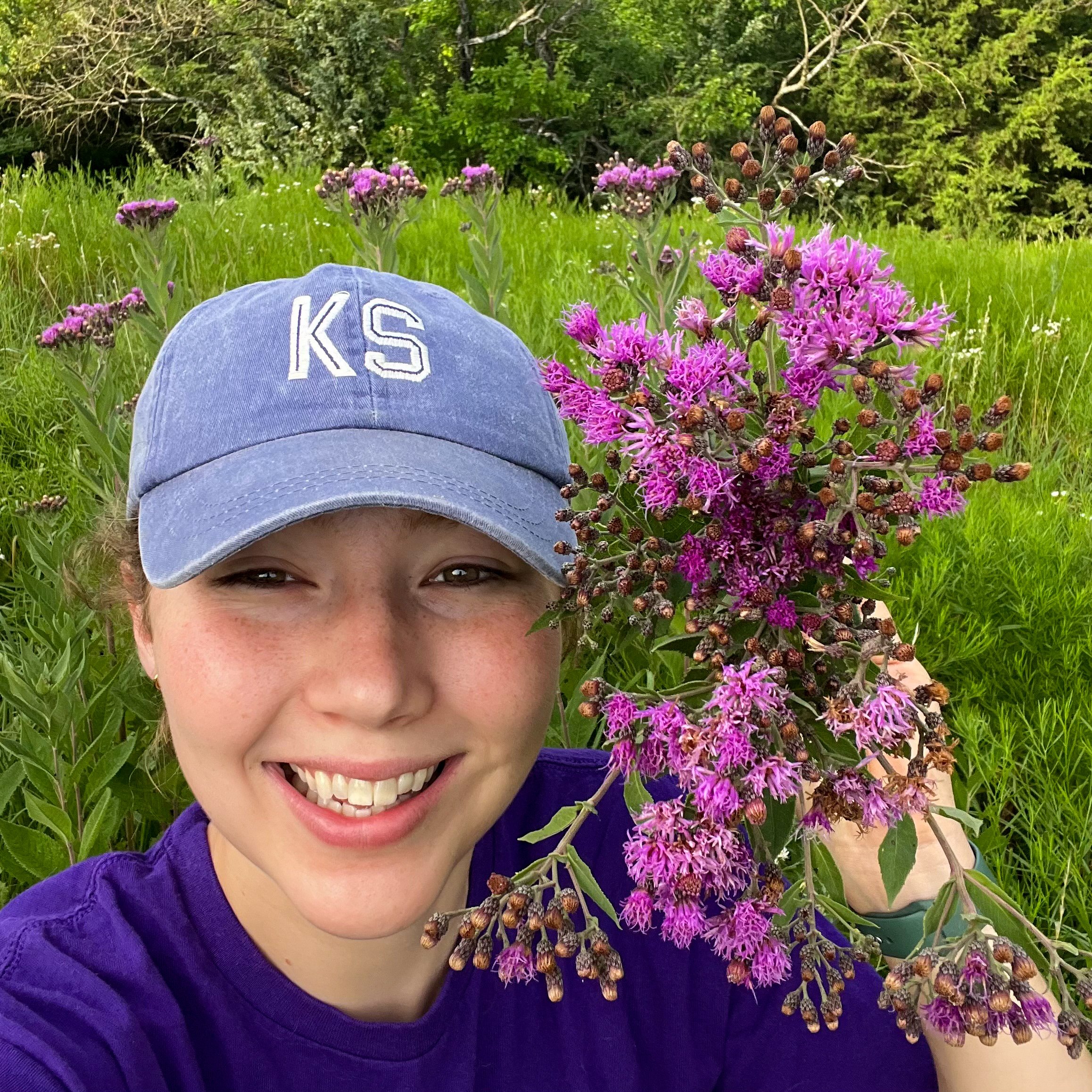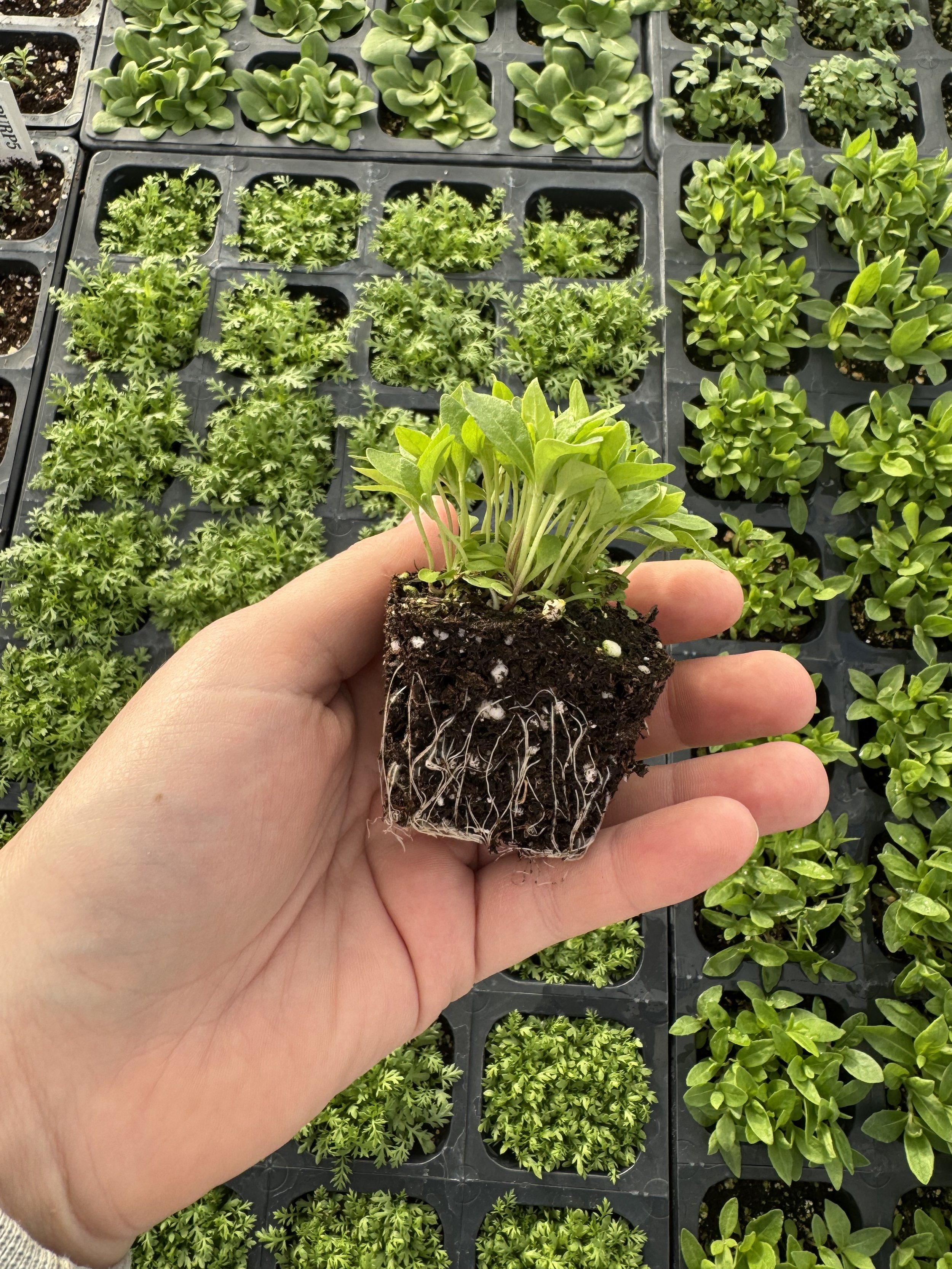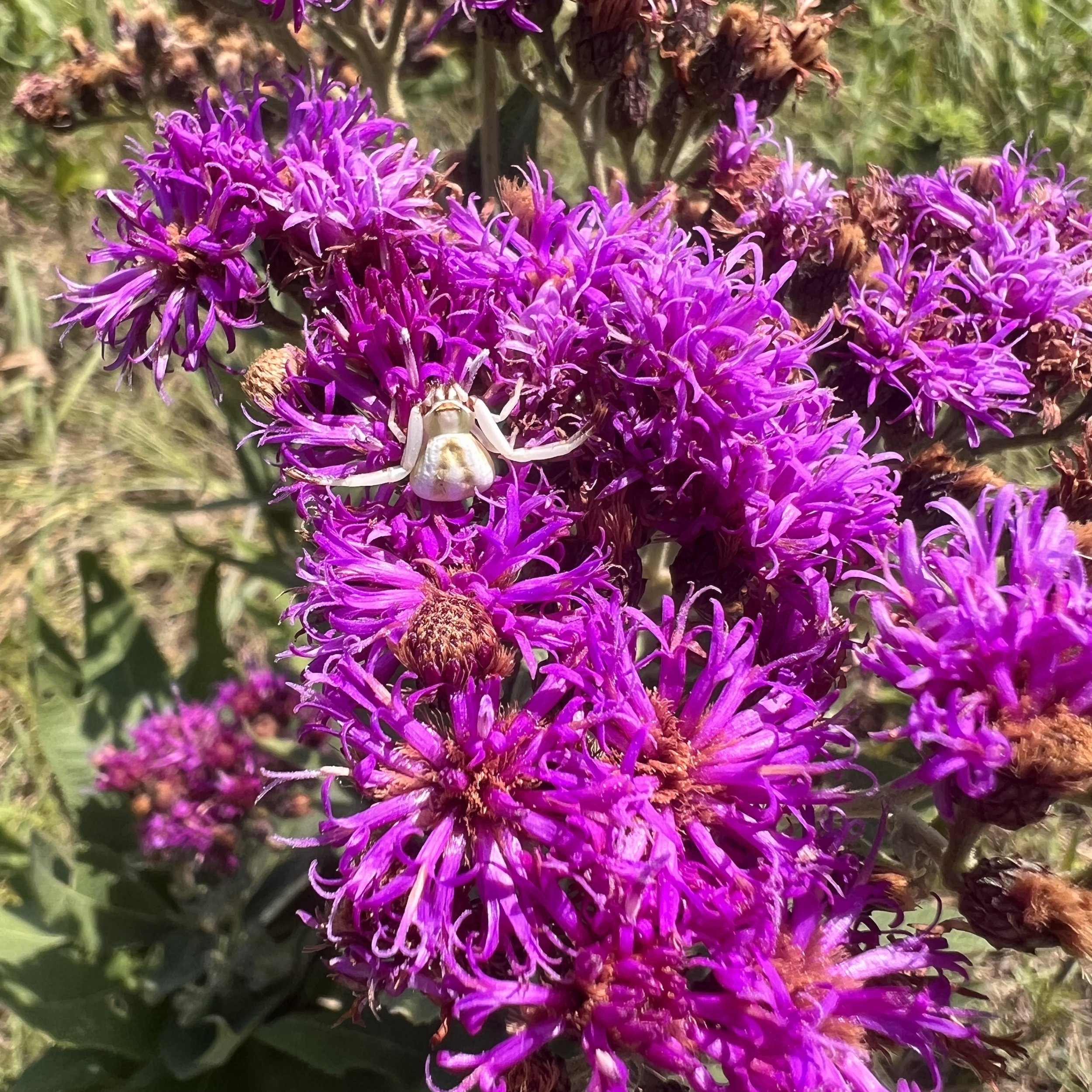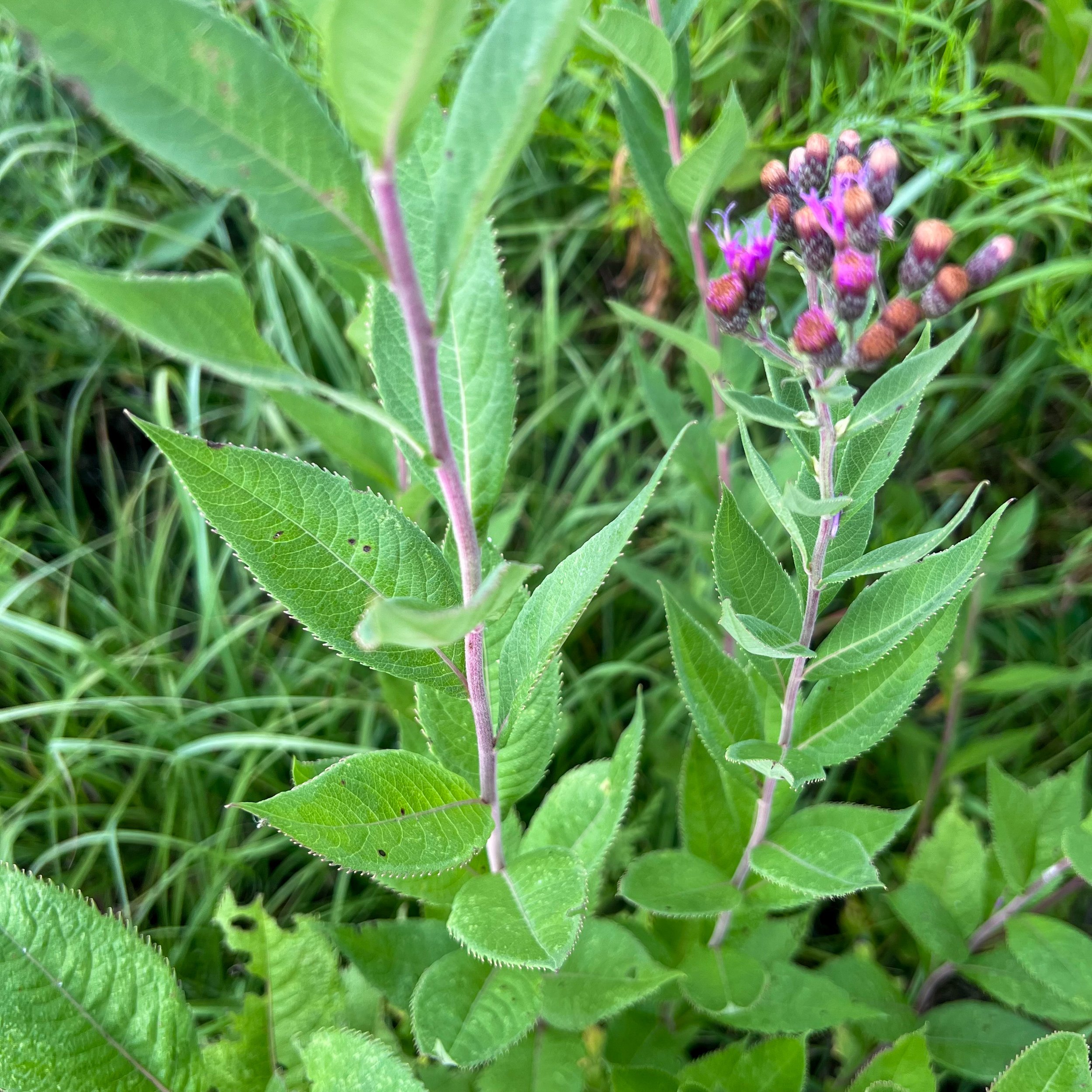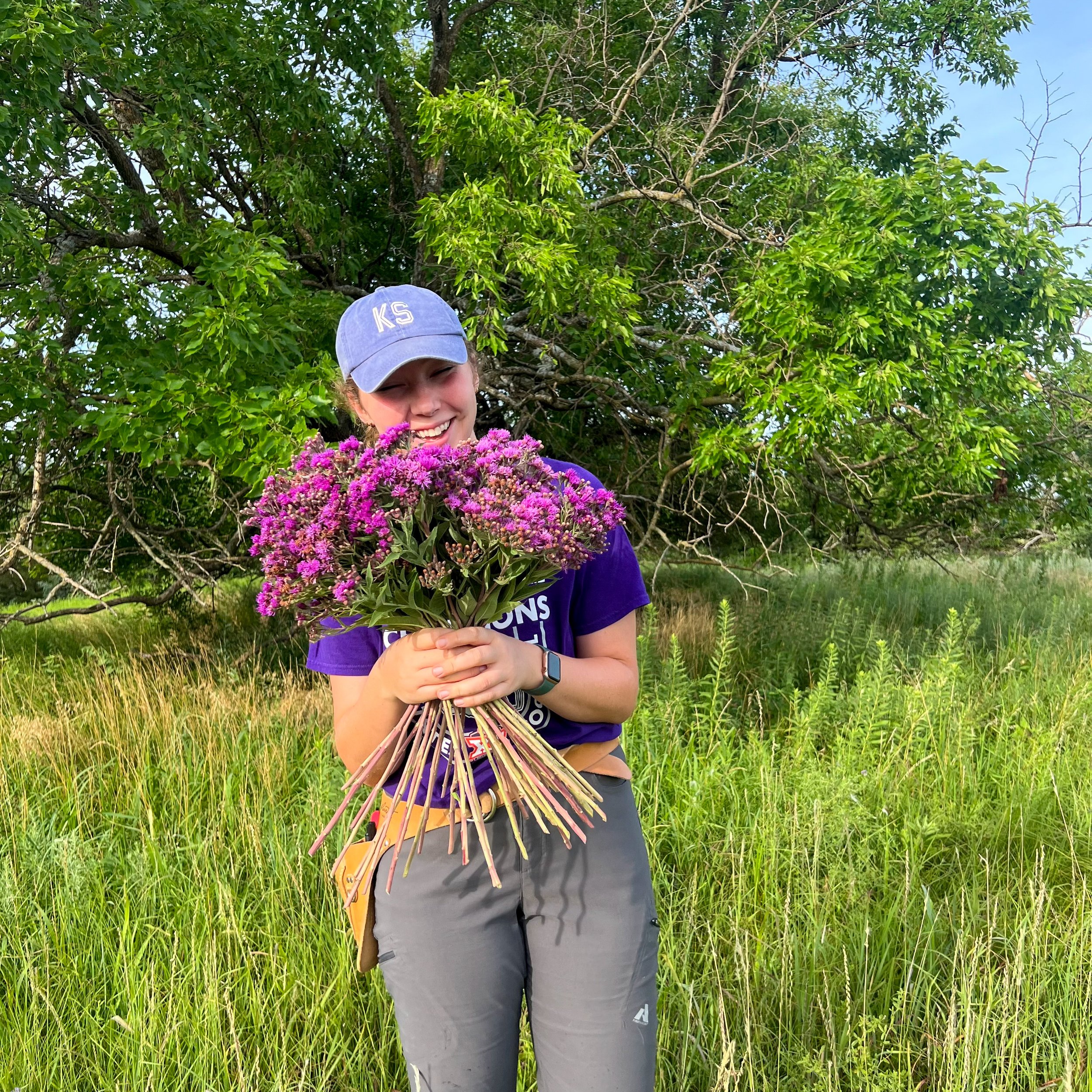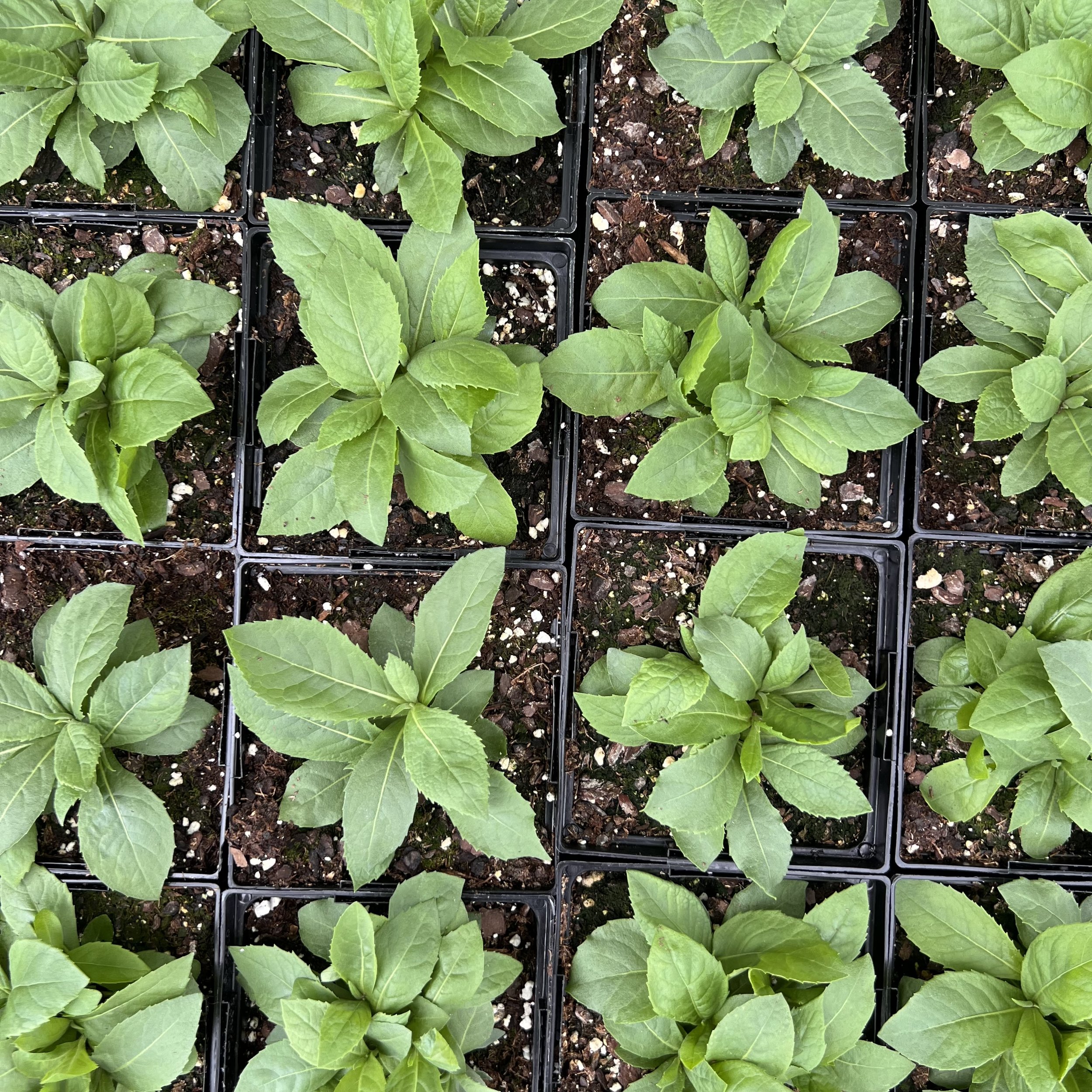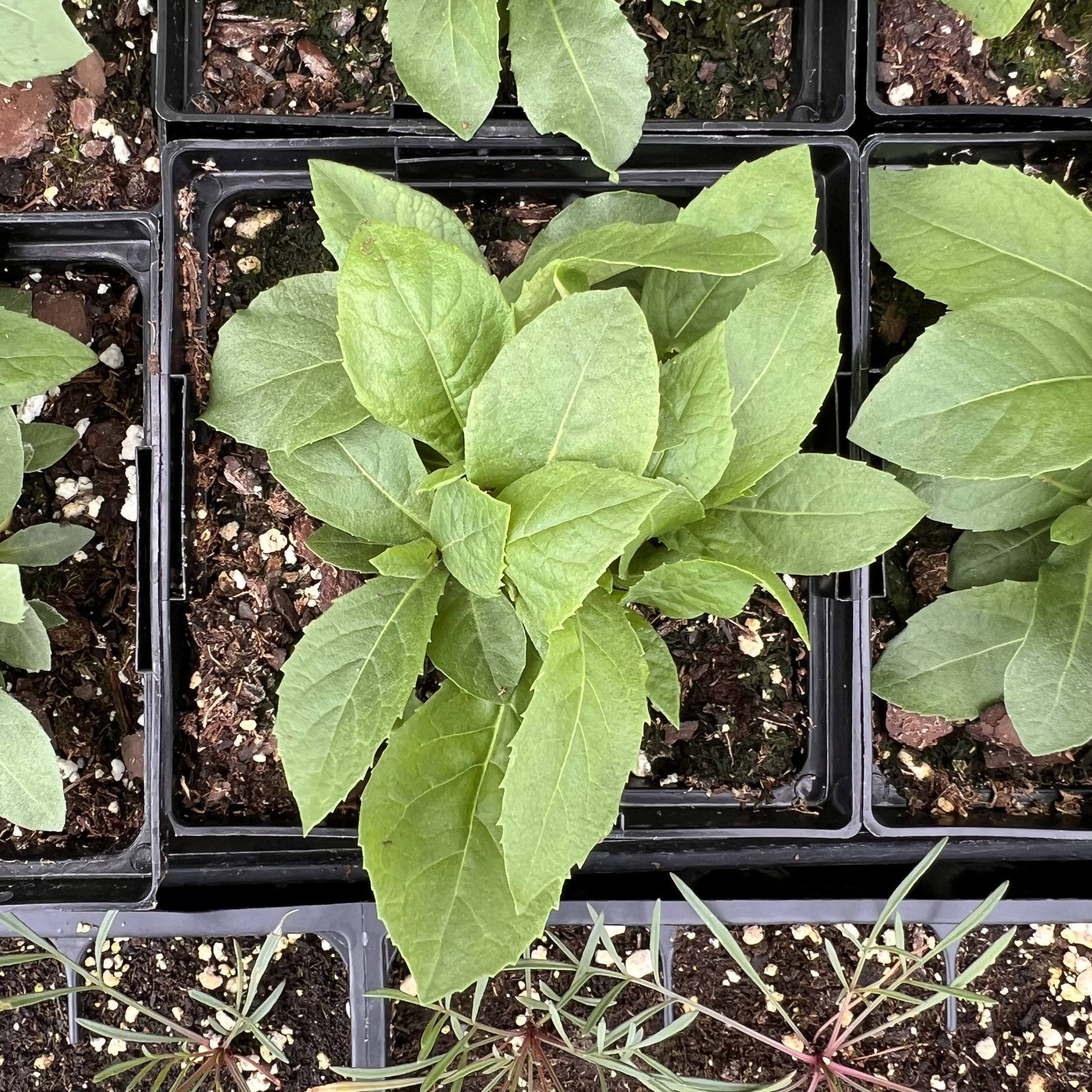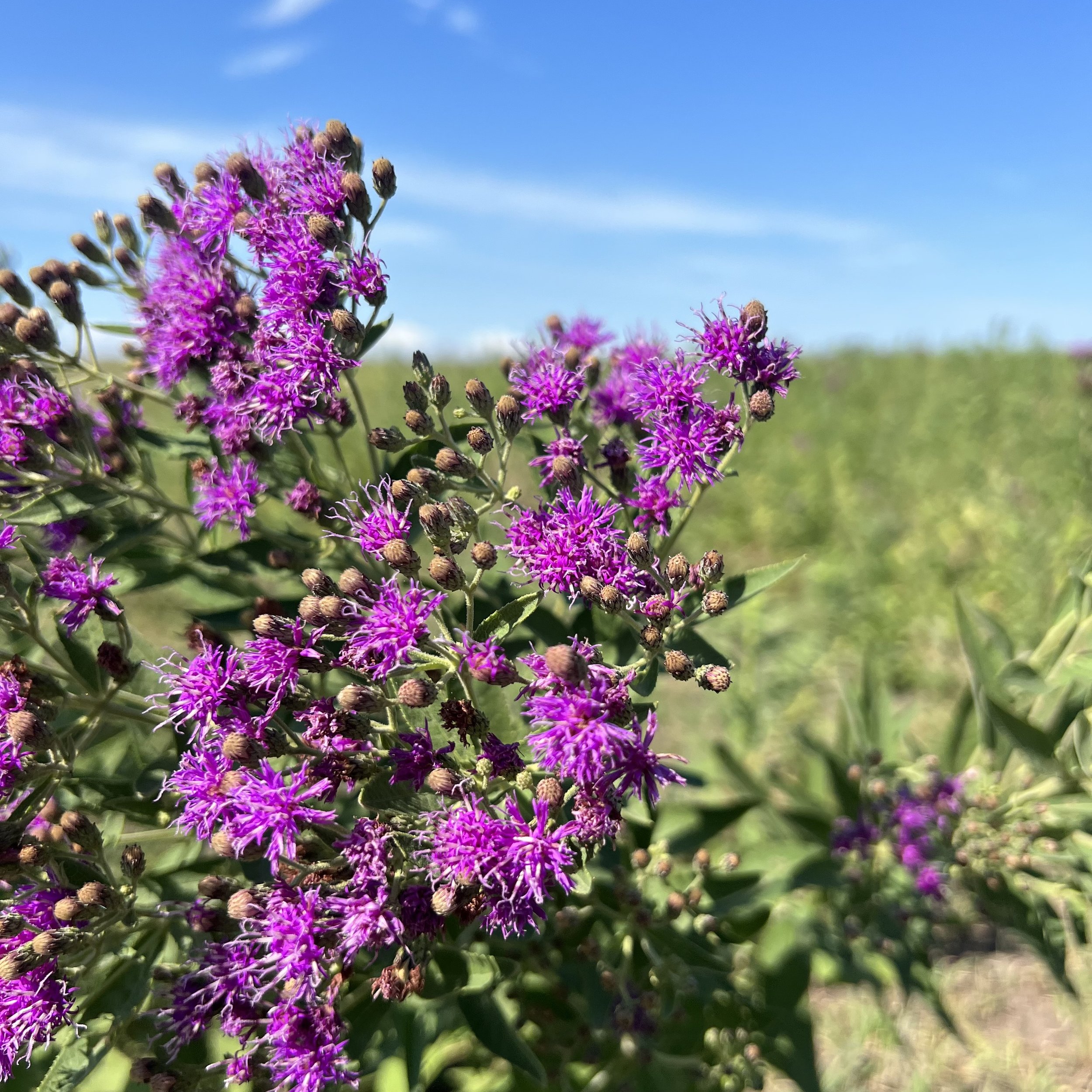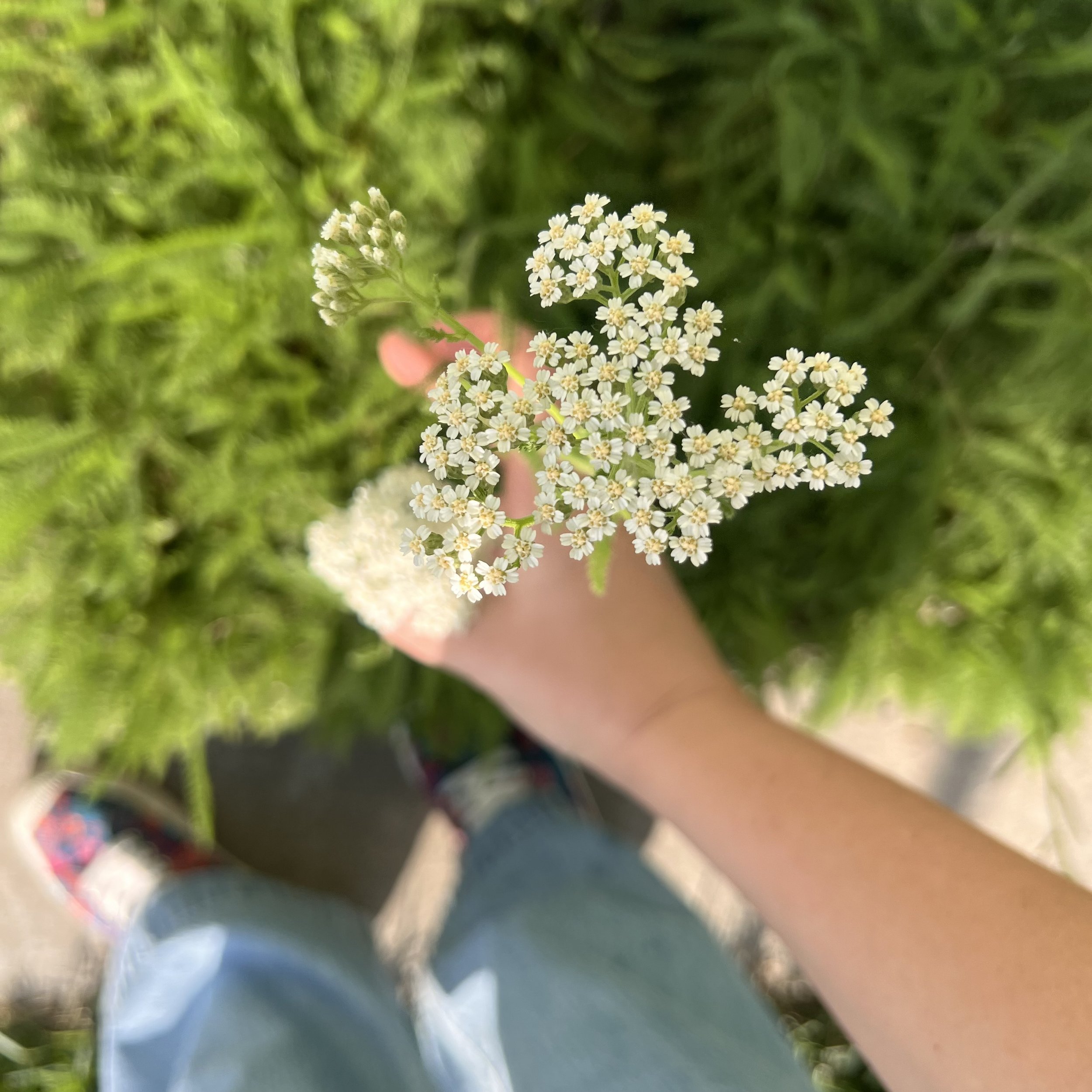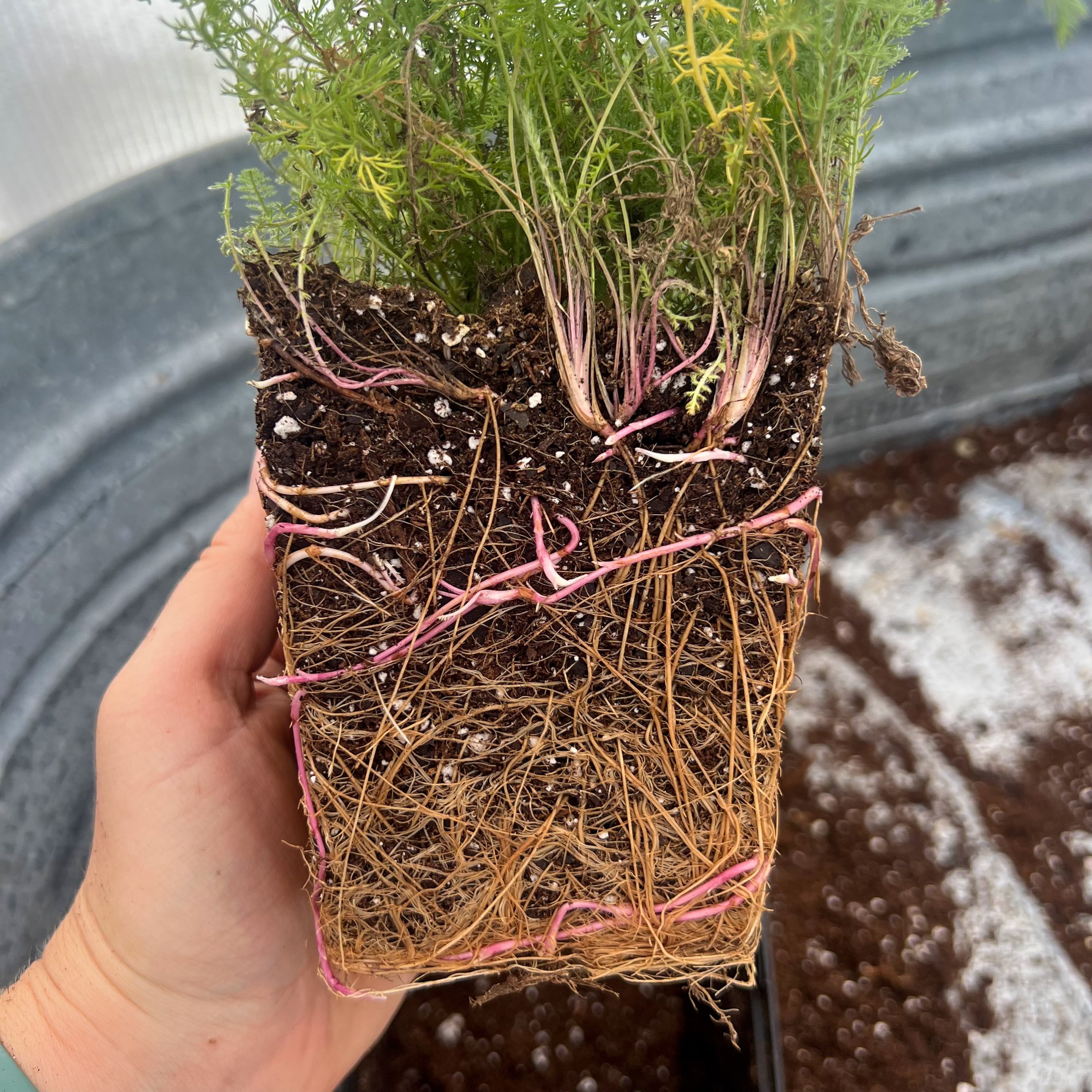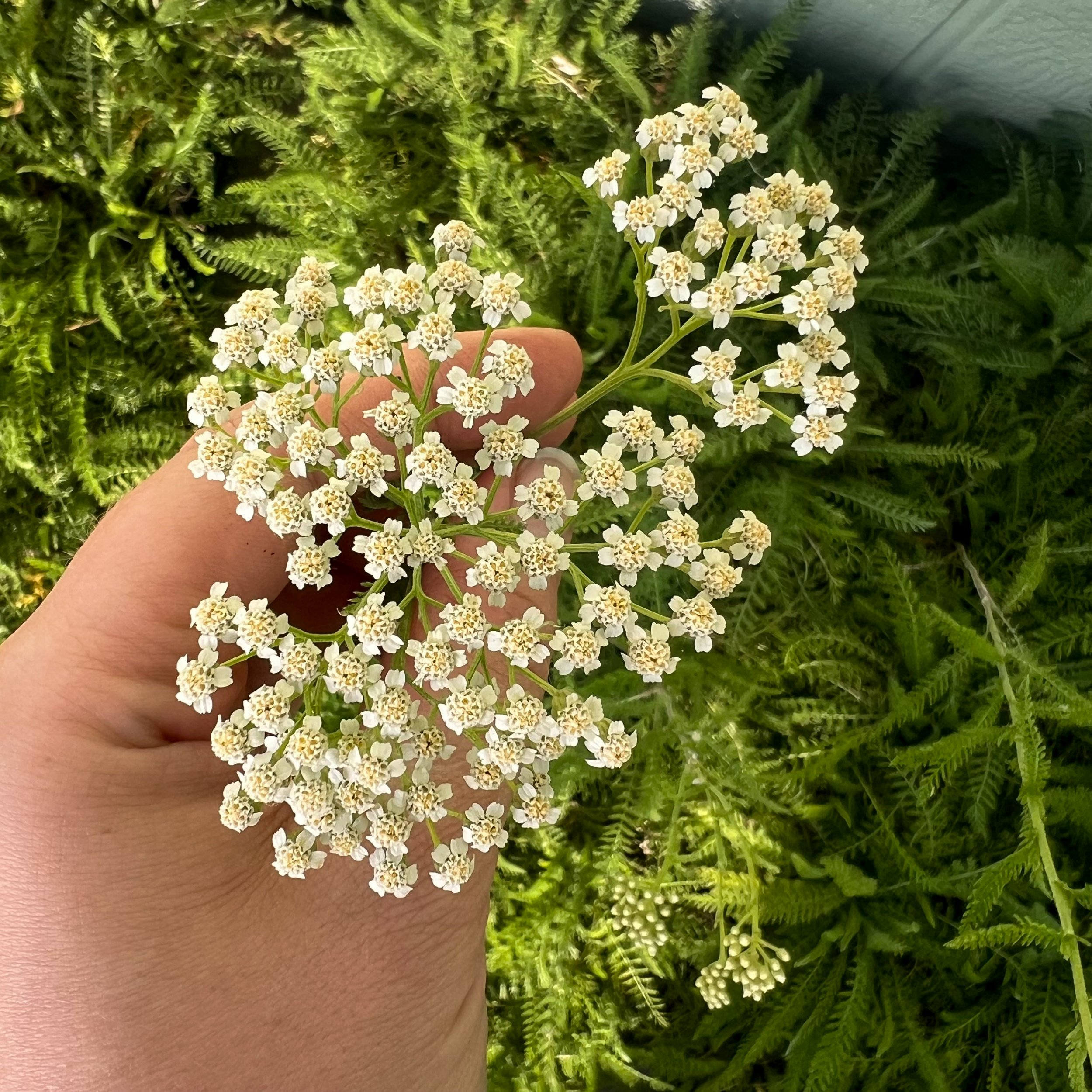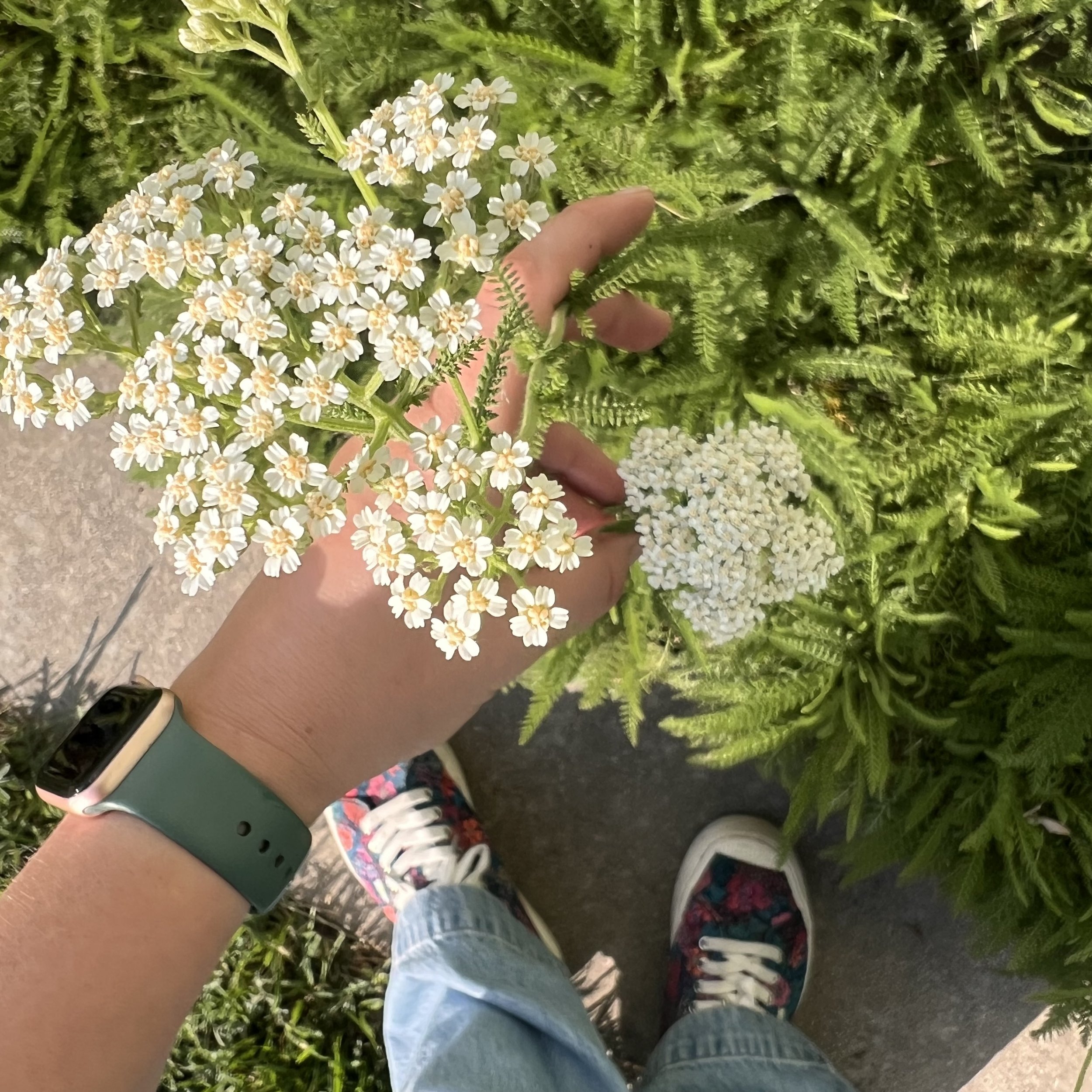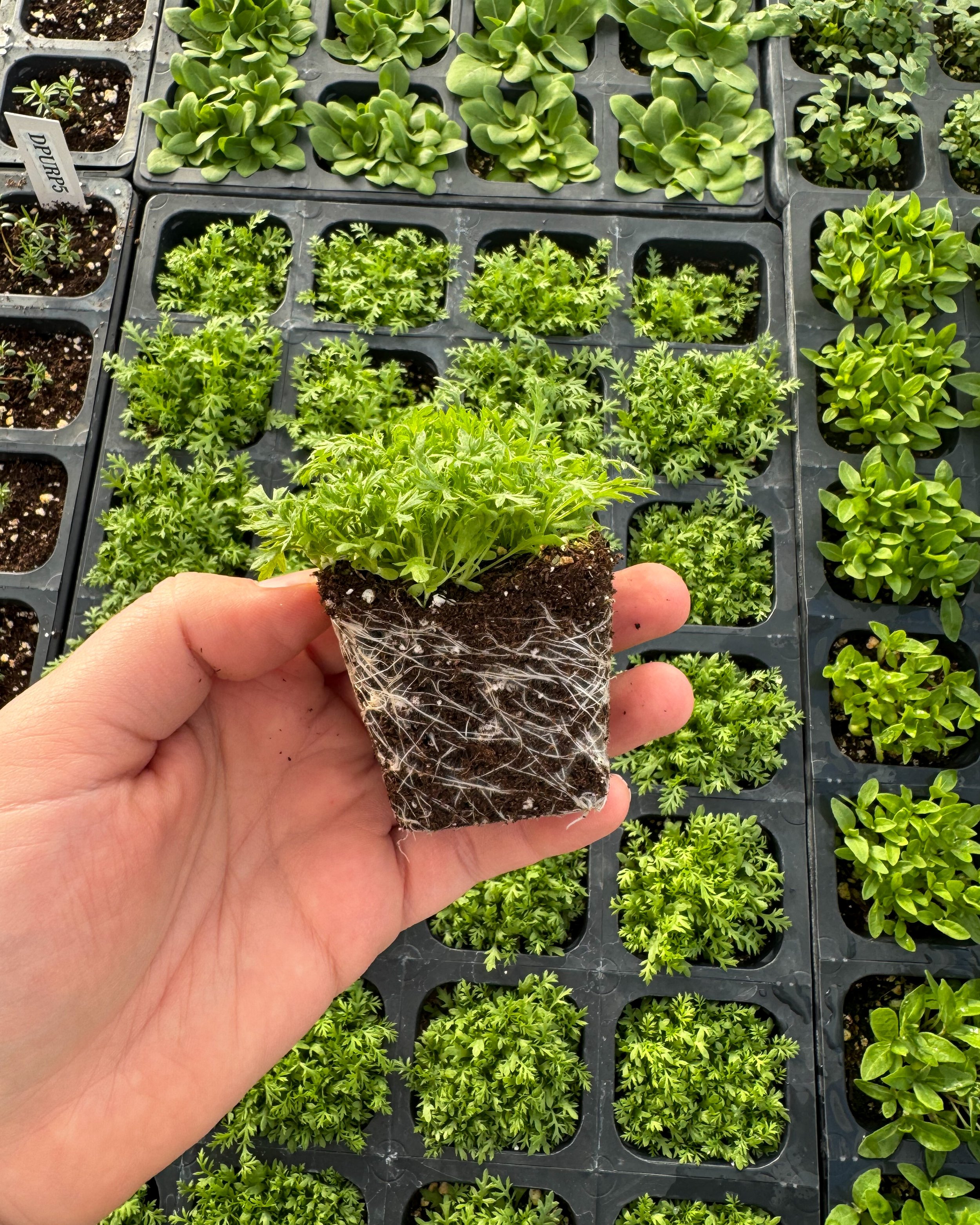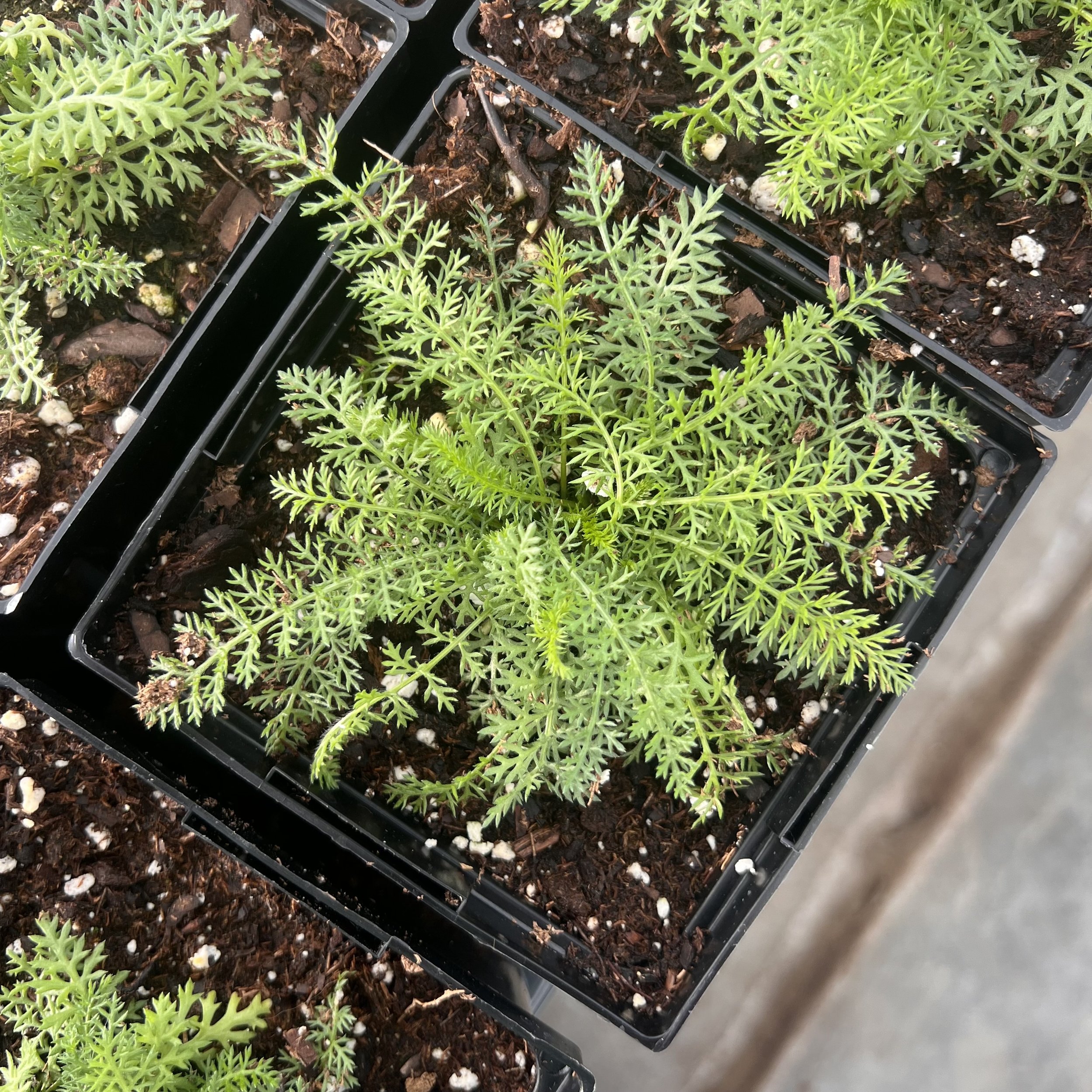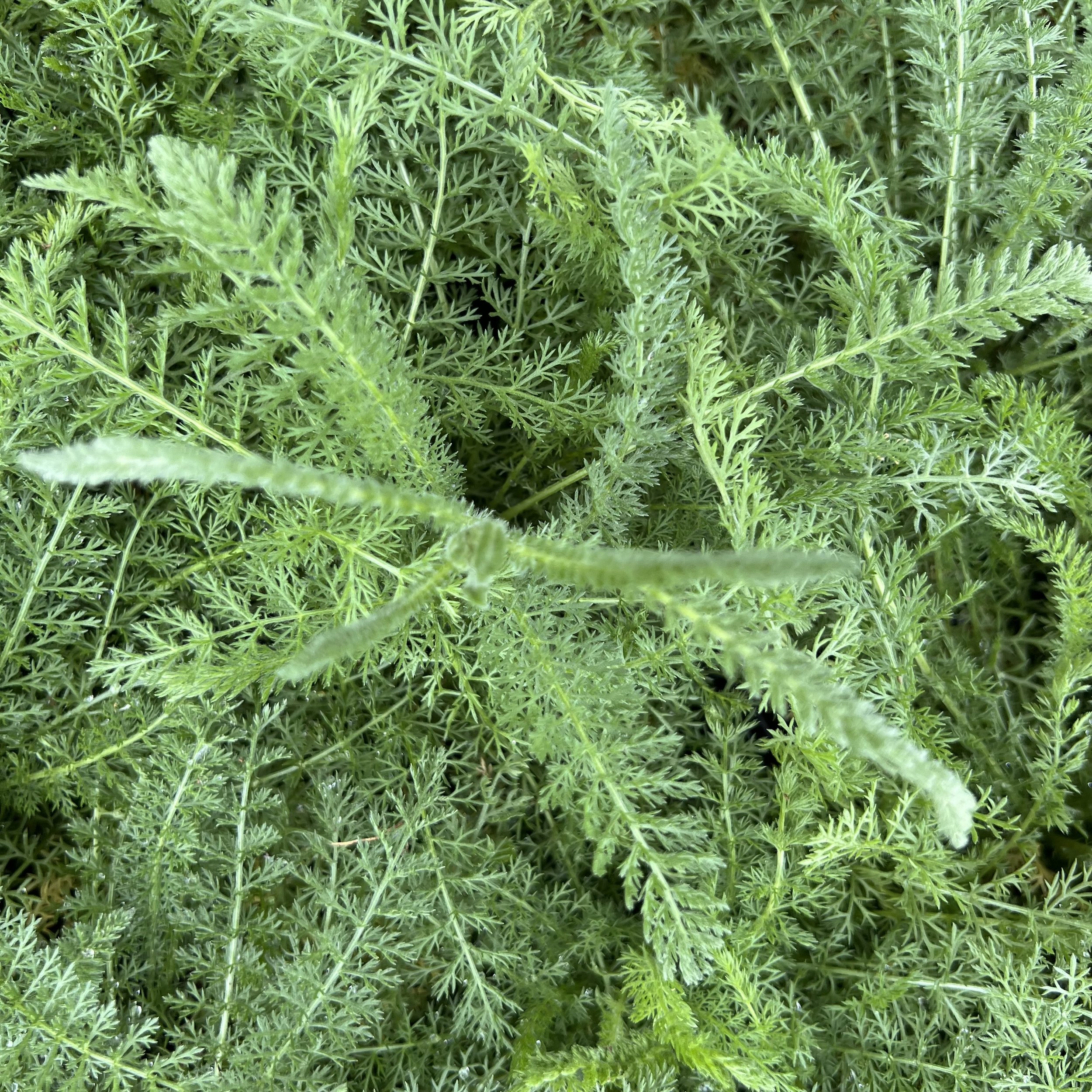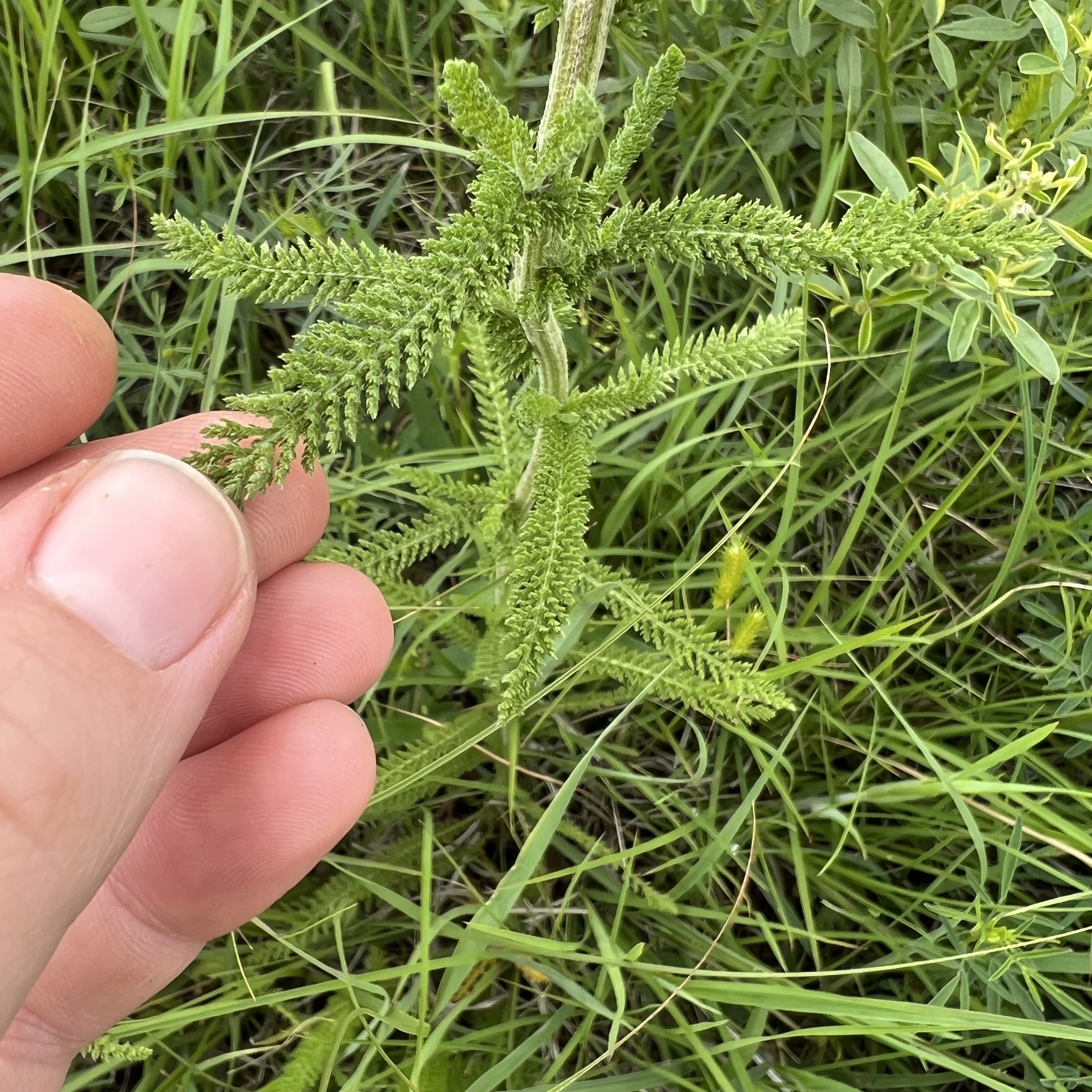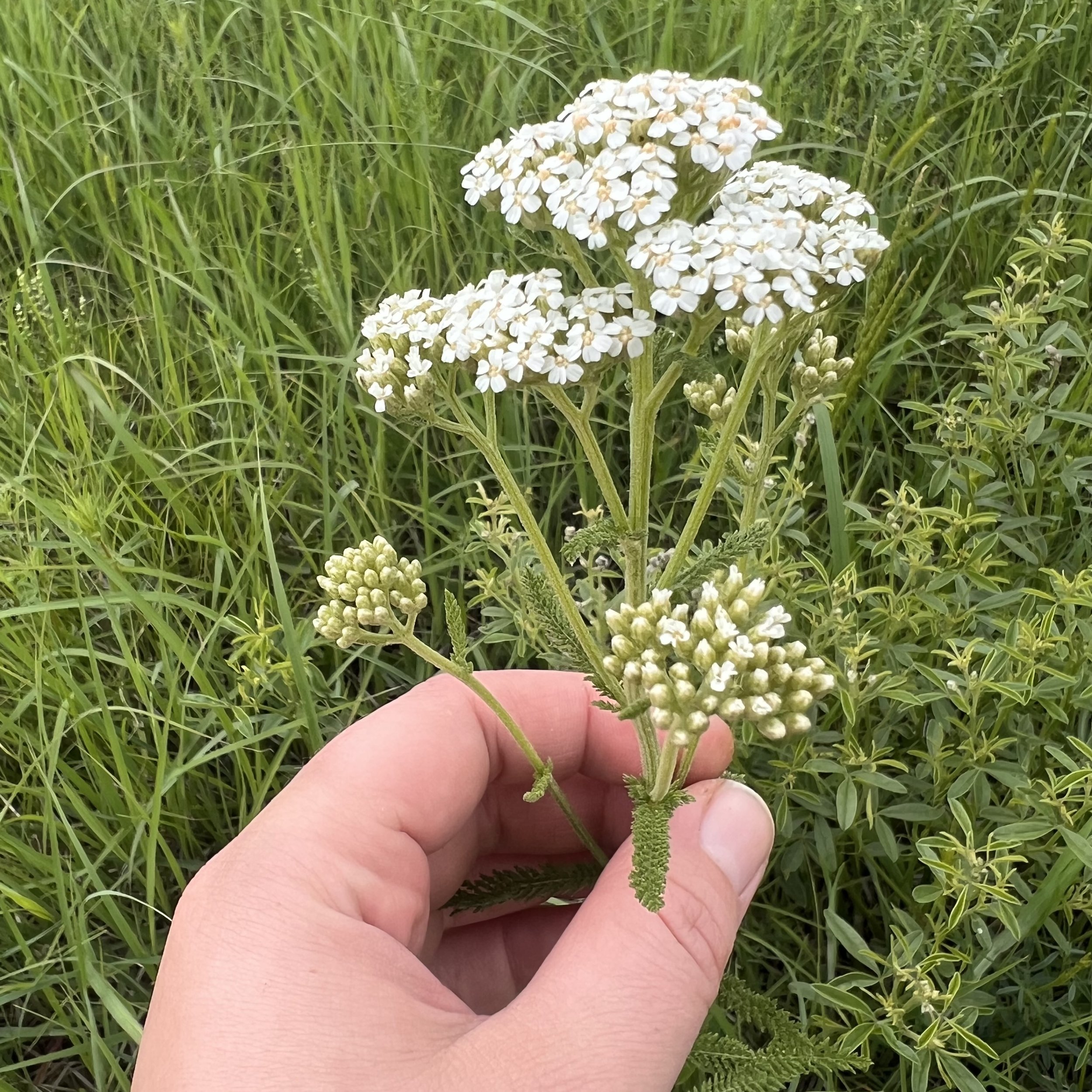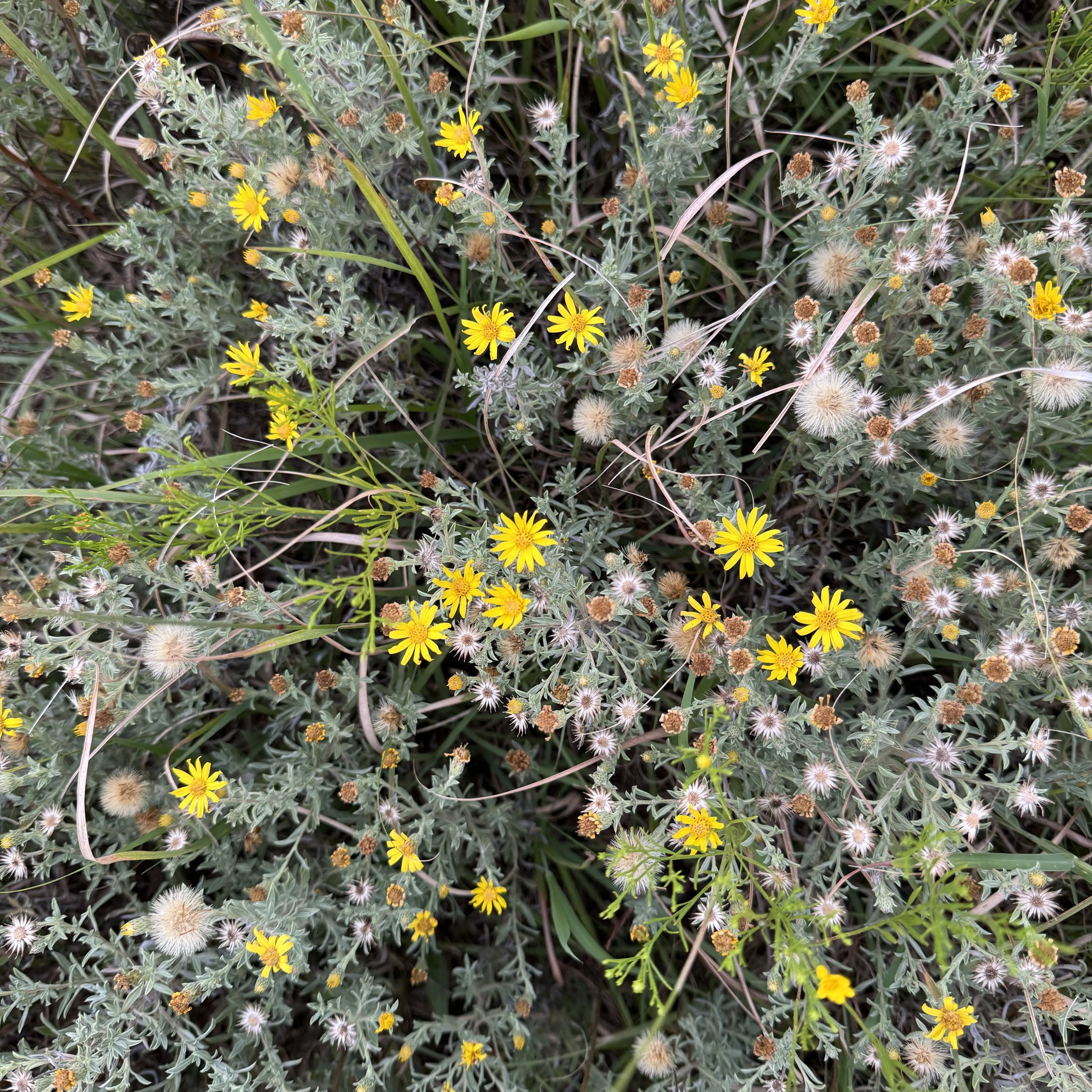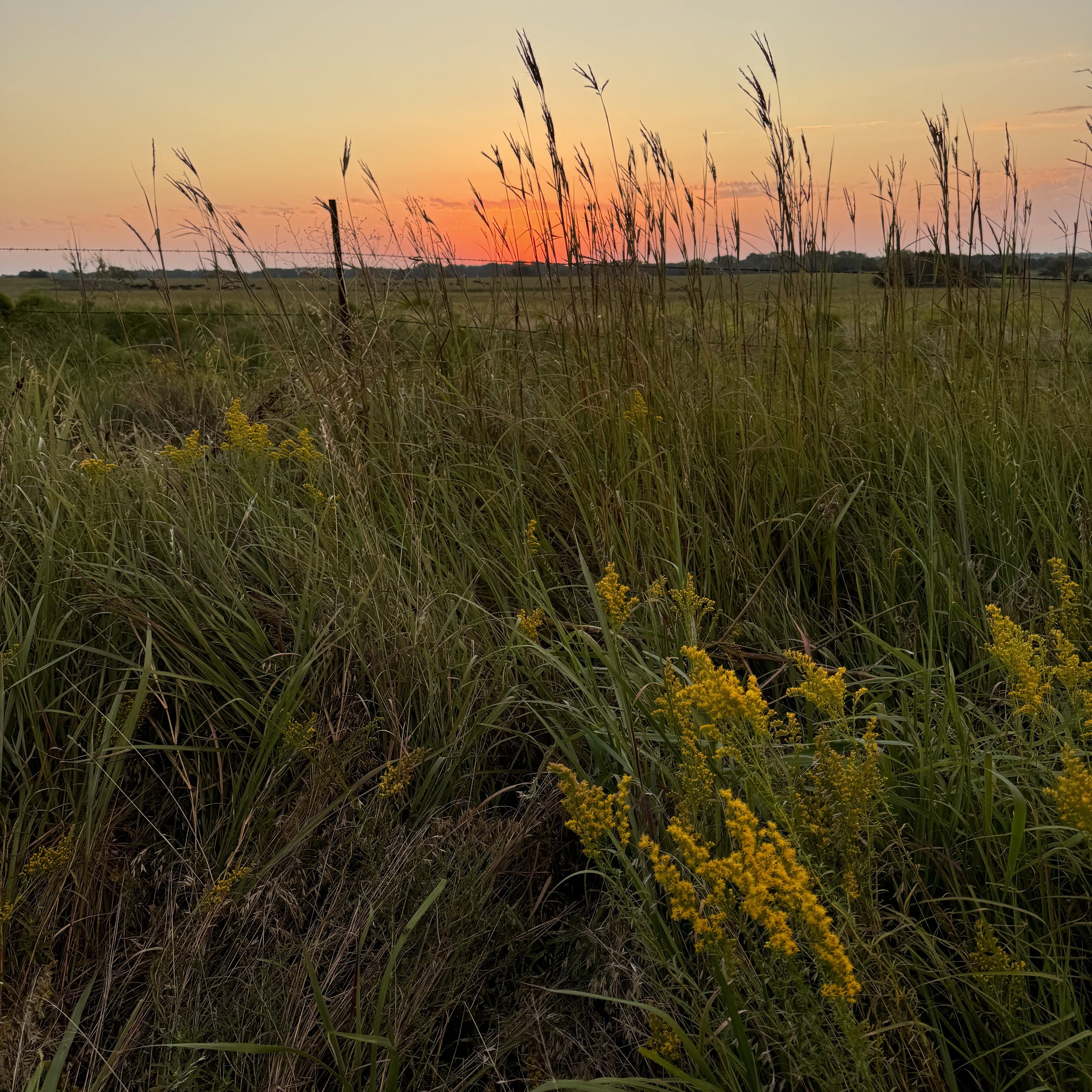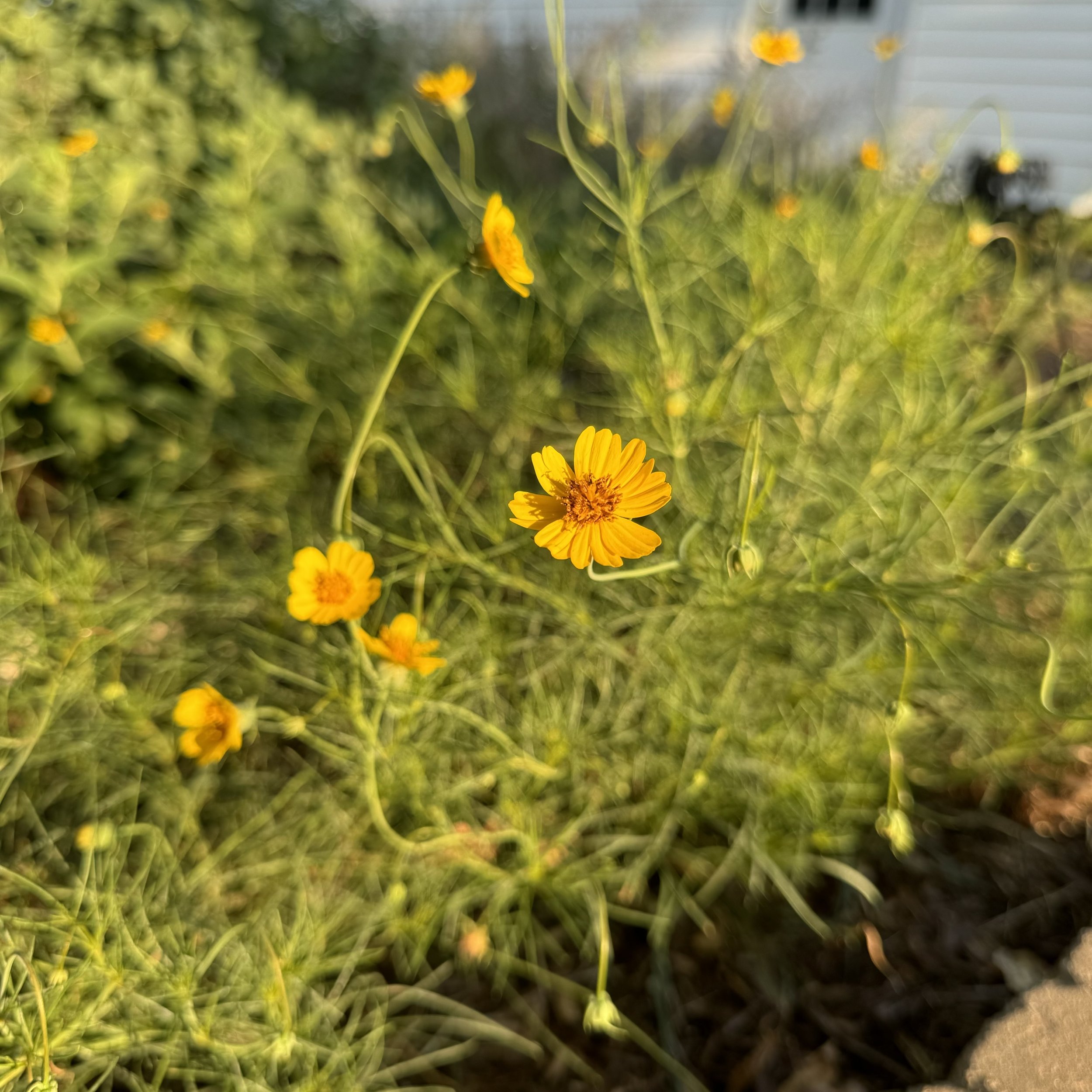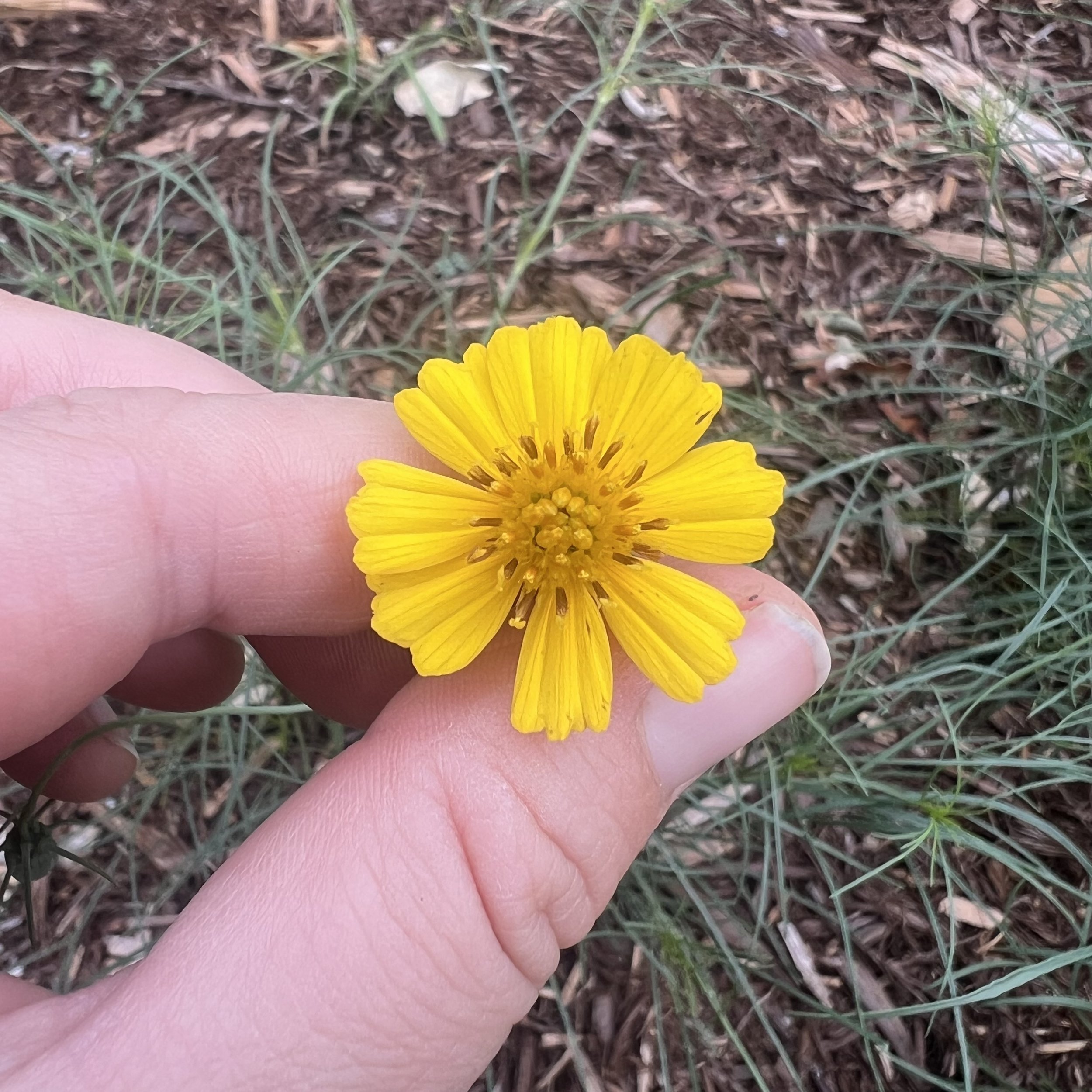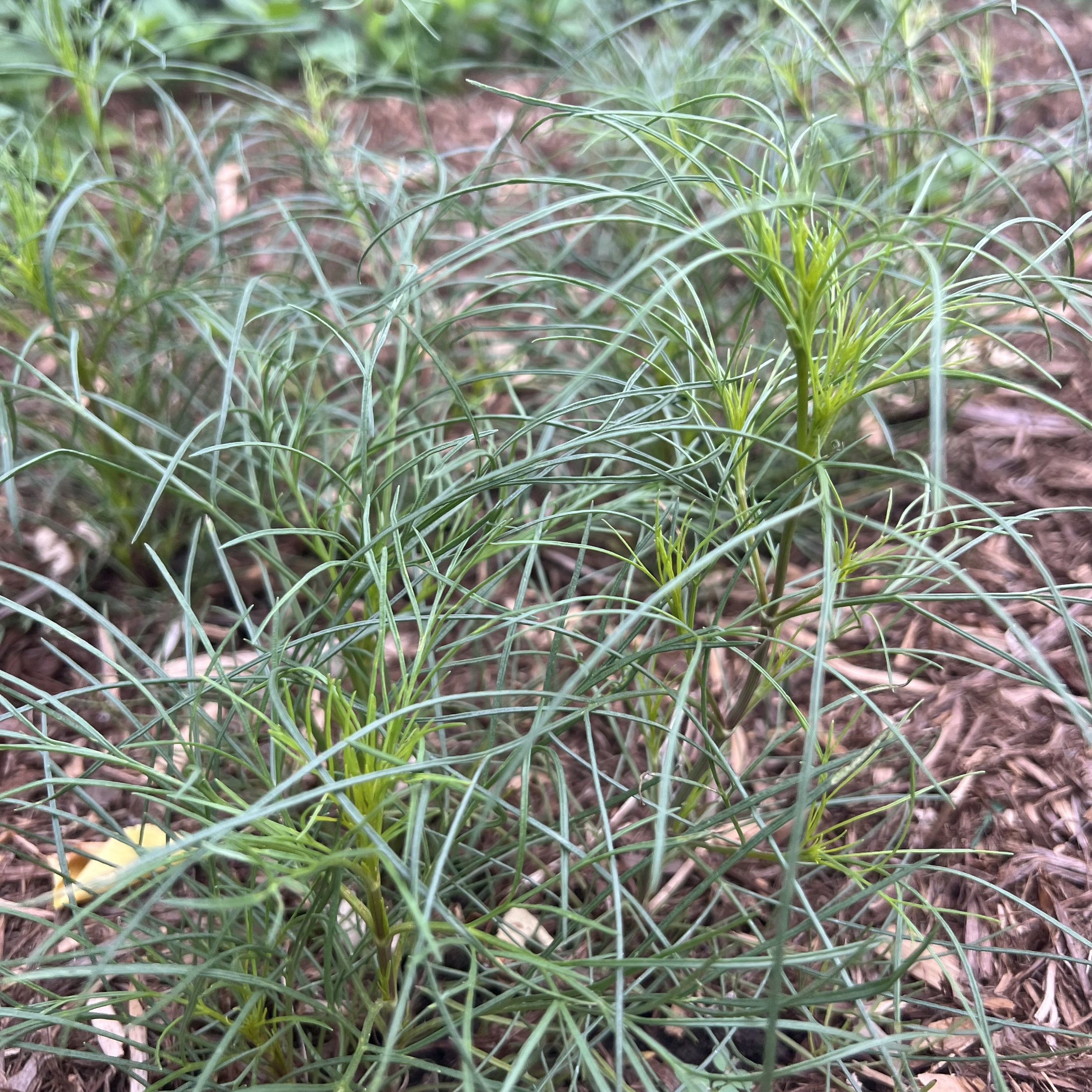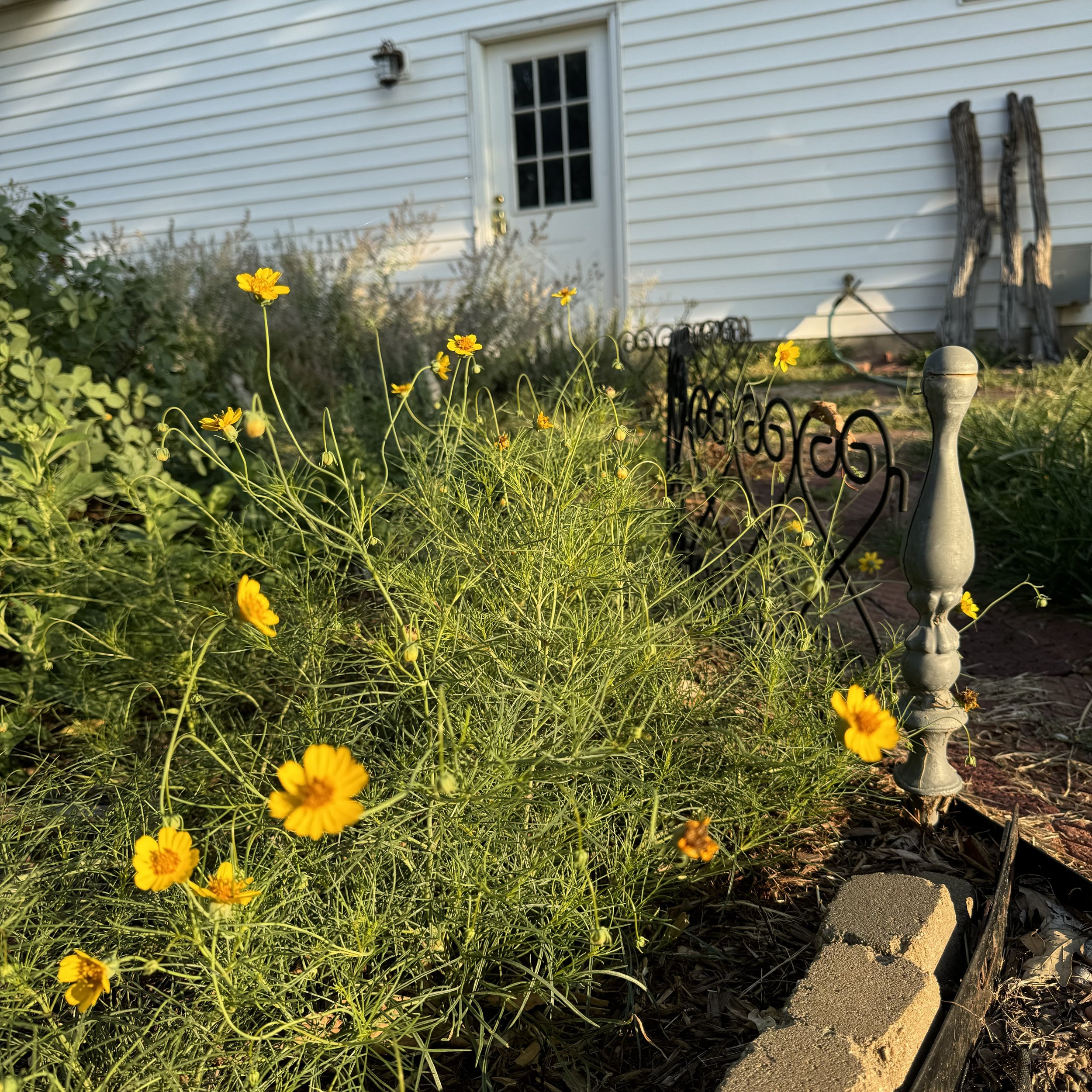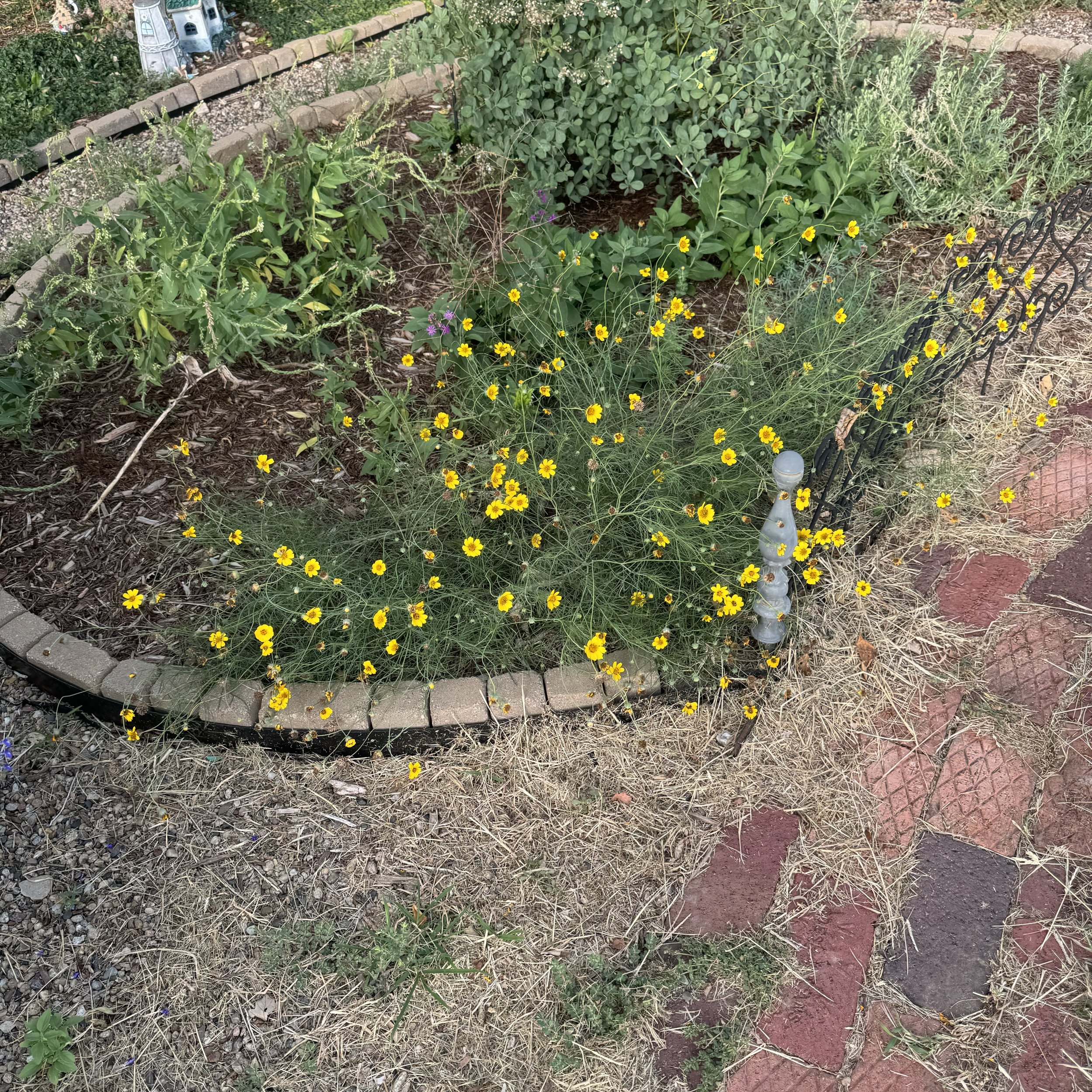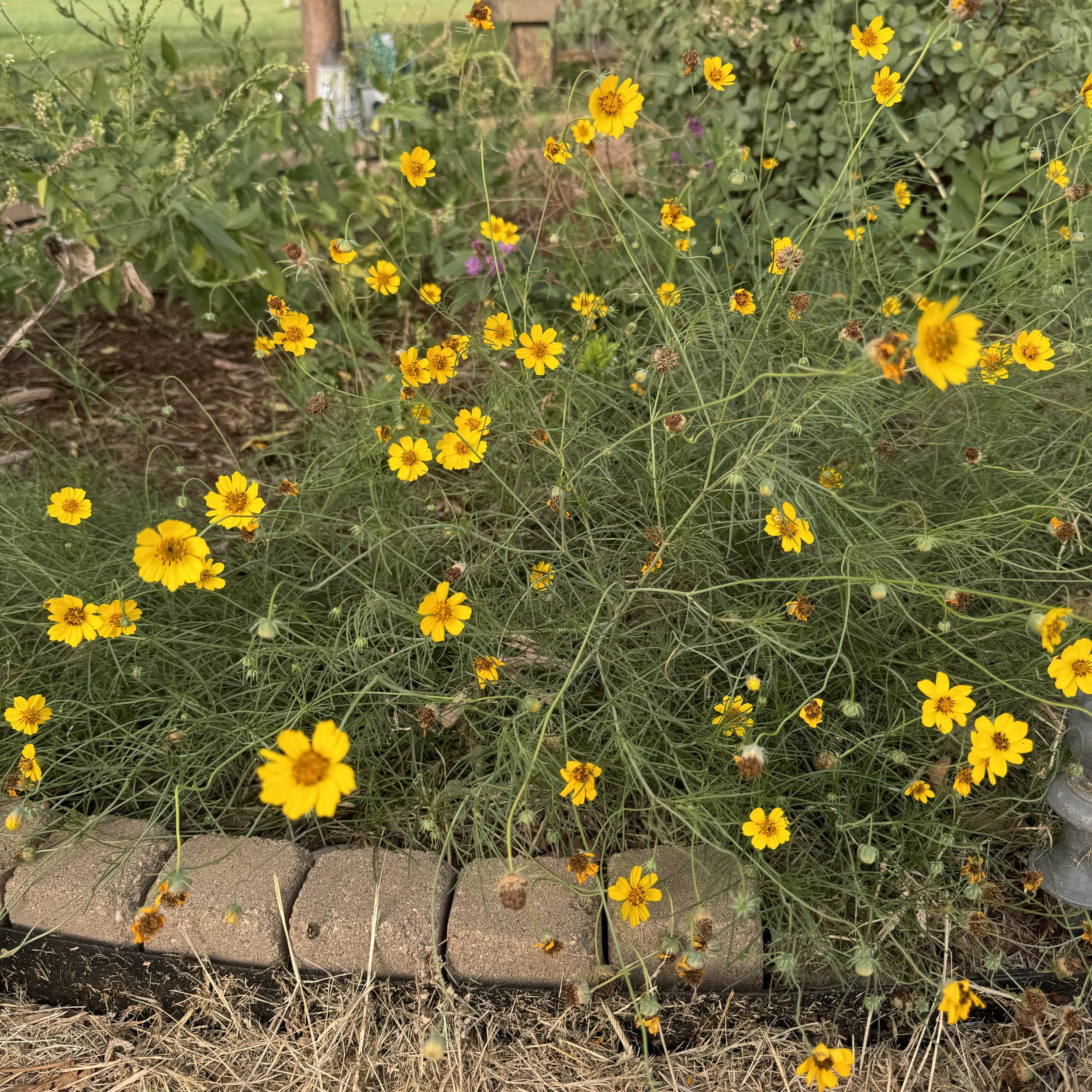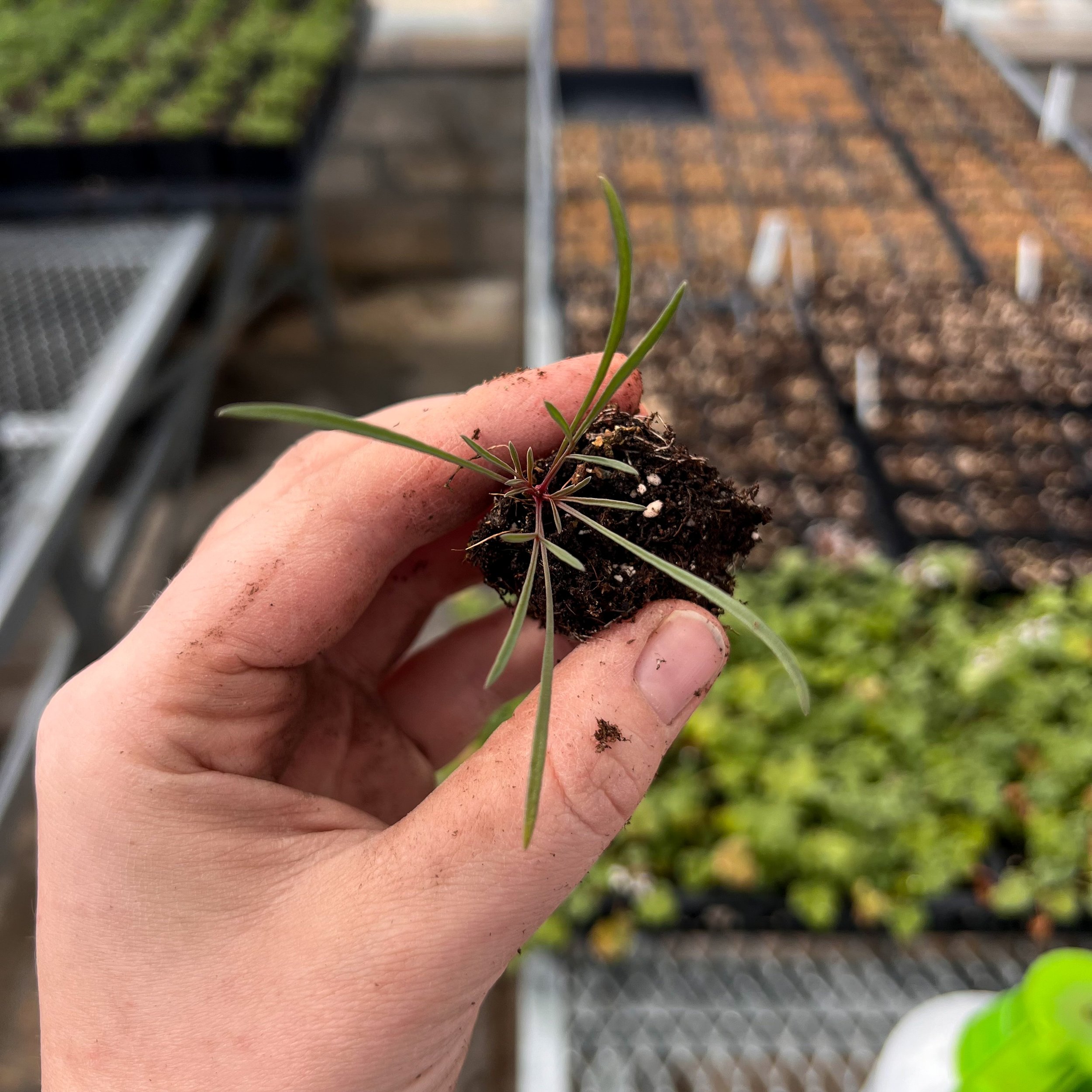 Image 1 of 7
Image 1 of 7

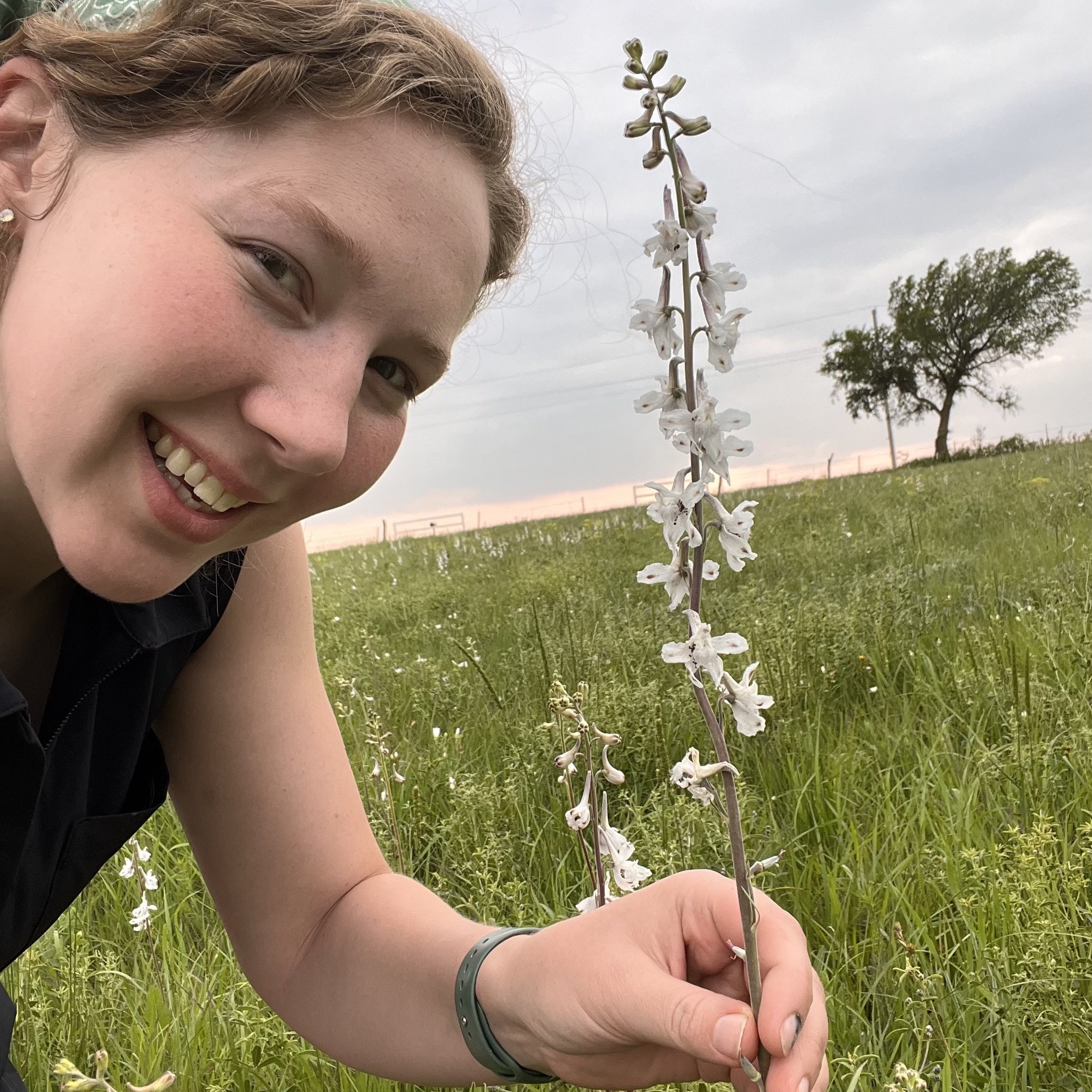 Image 2 of 7
Image 2 of 7

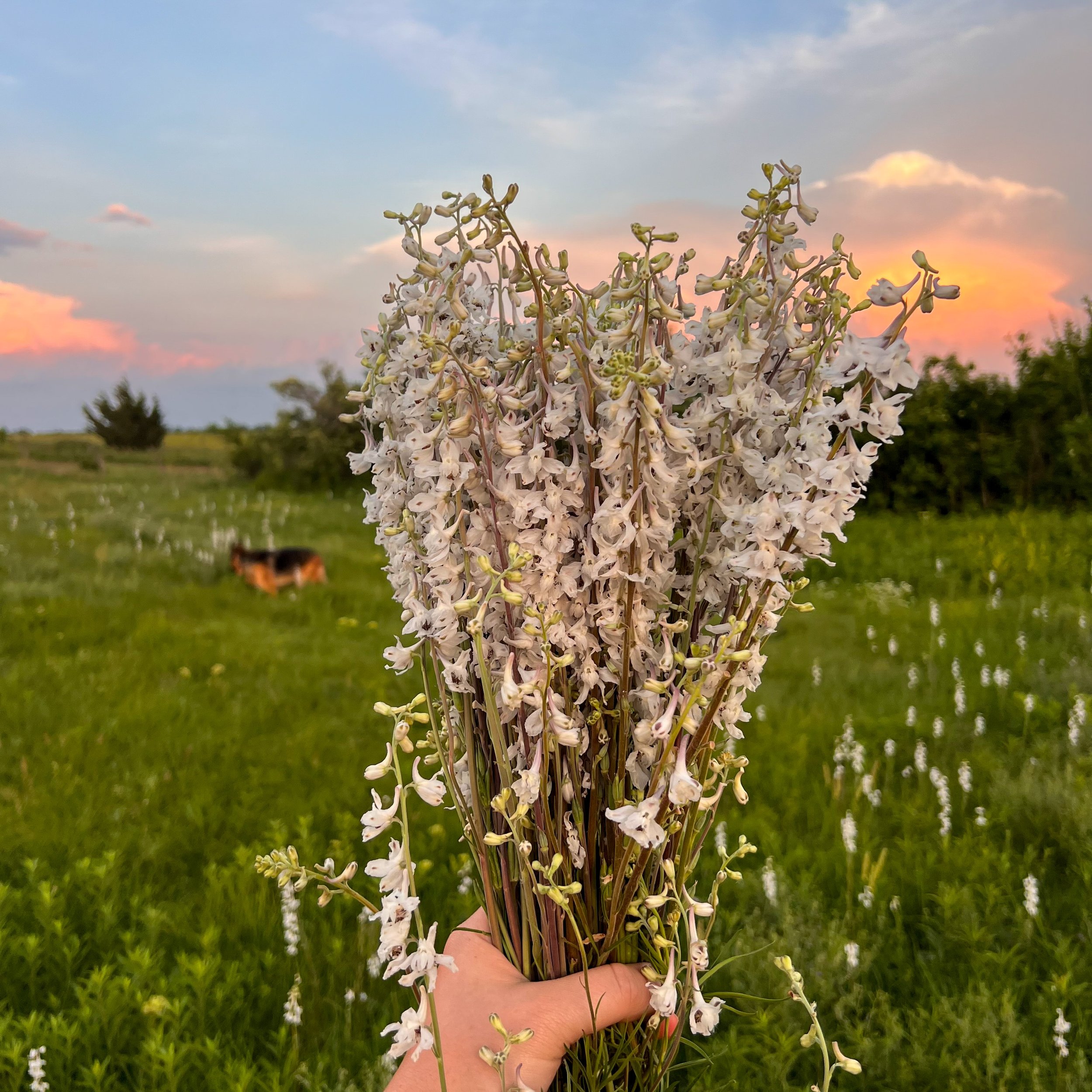 Image 3 of 7
Image 3 of 7

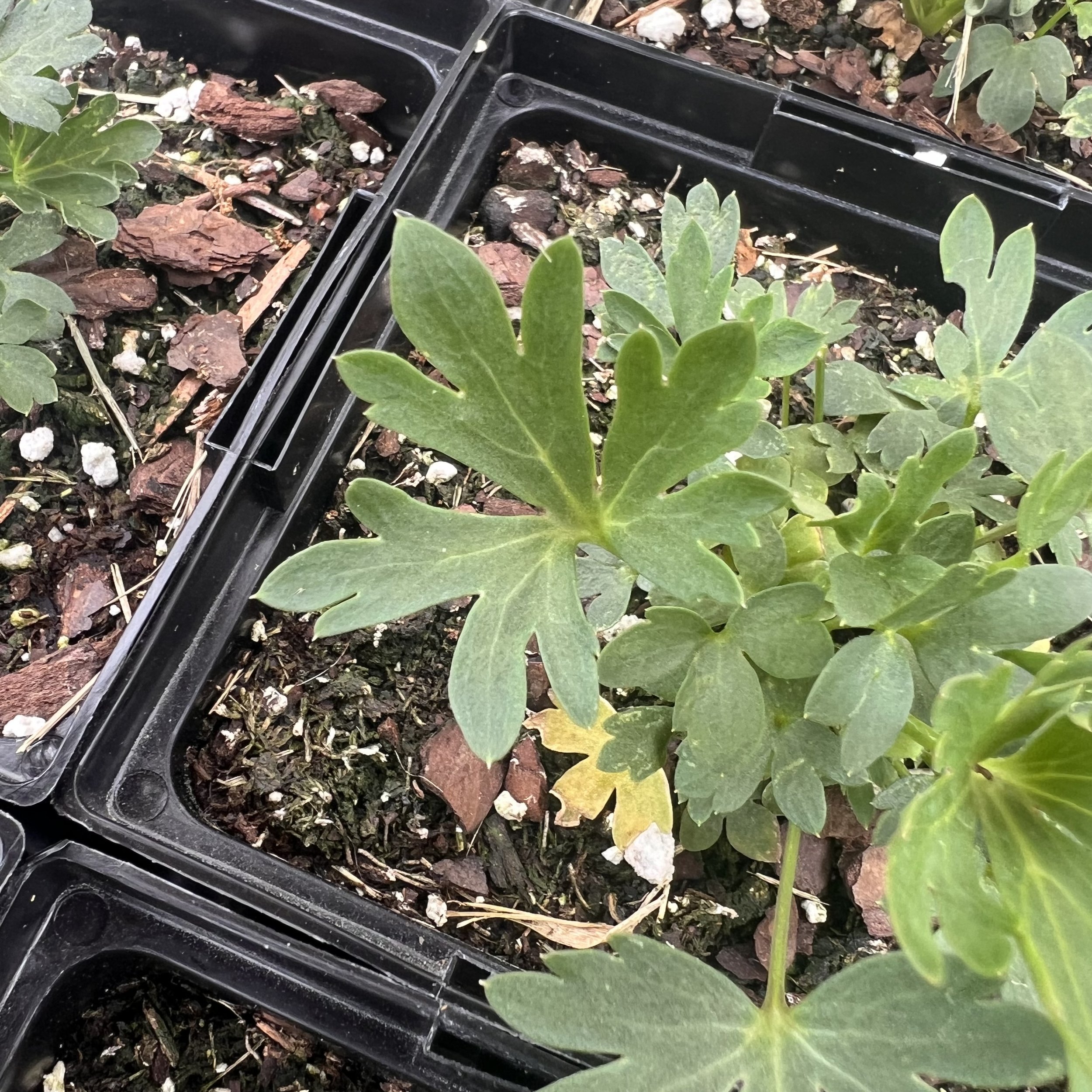 Image 4 of 7
Image 4 of 7

 Image 5 of 7
Image 5 of 7

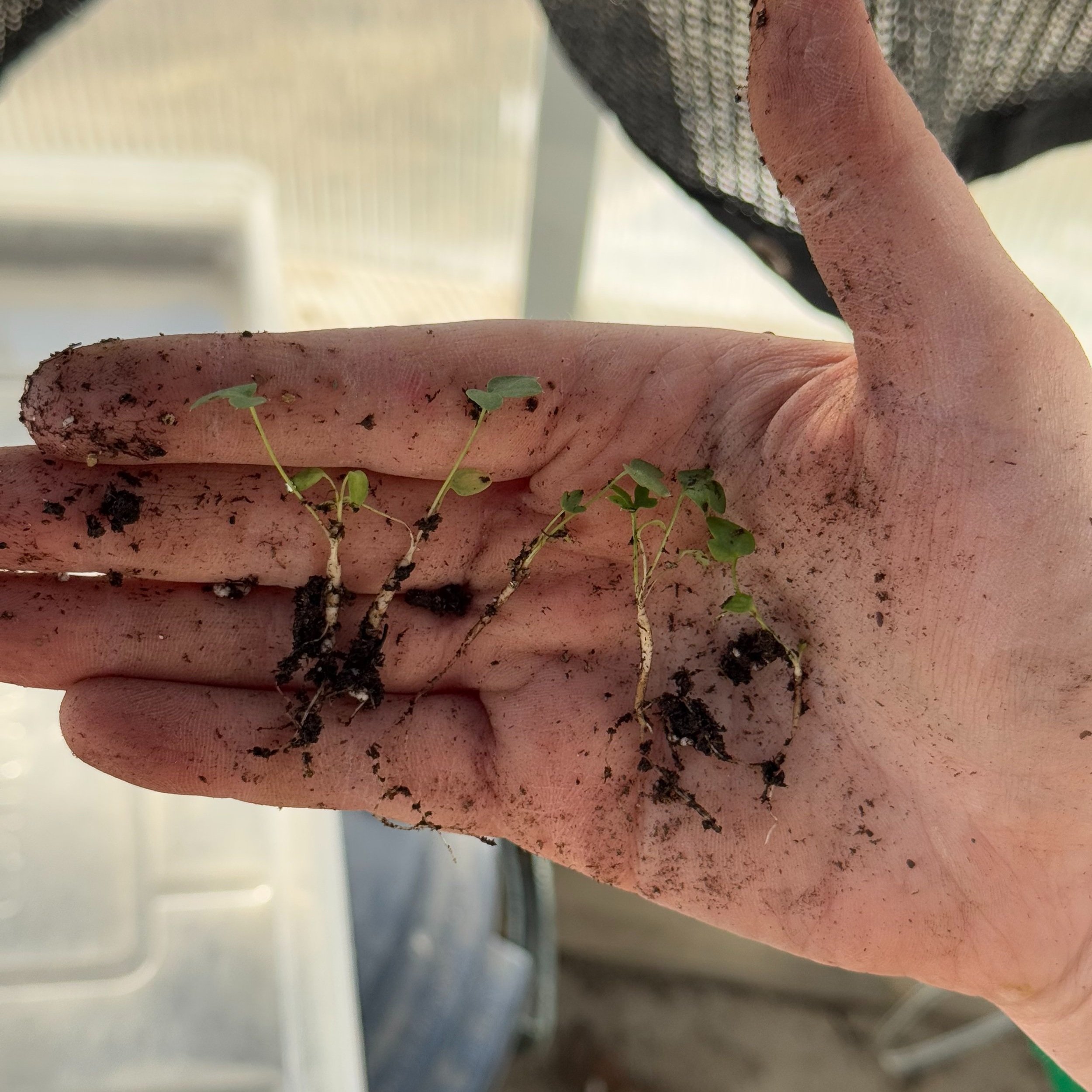 Image 6 of 7
Image 6 of 7

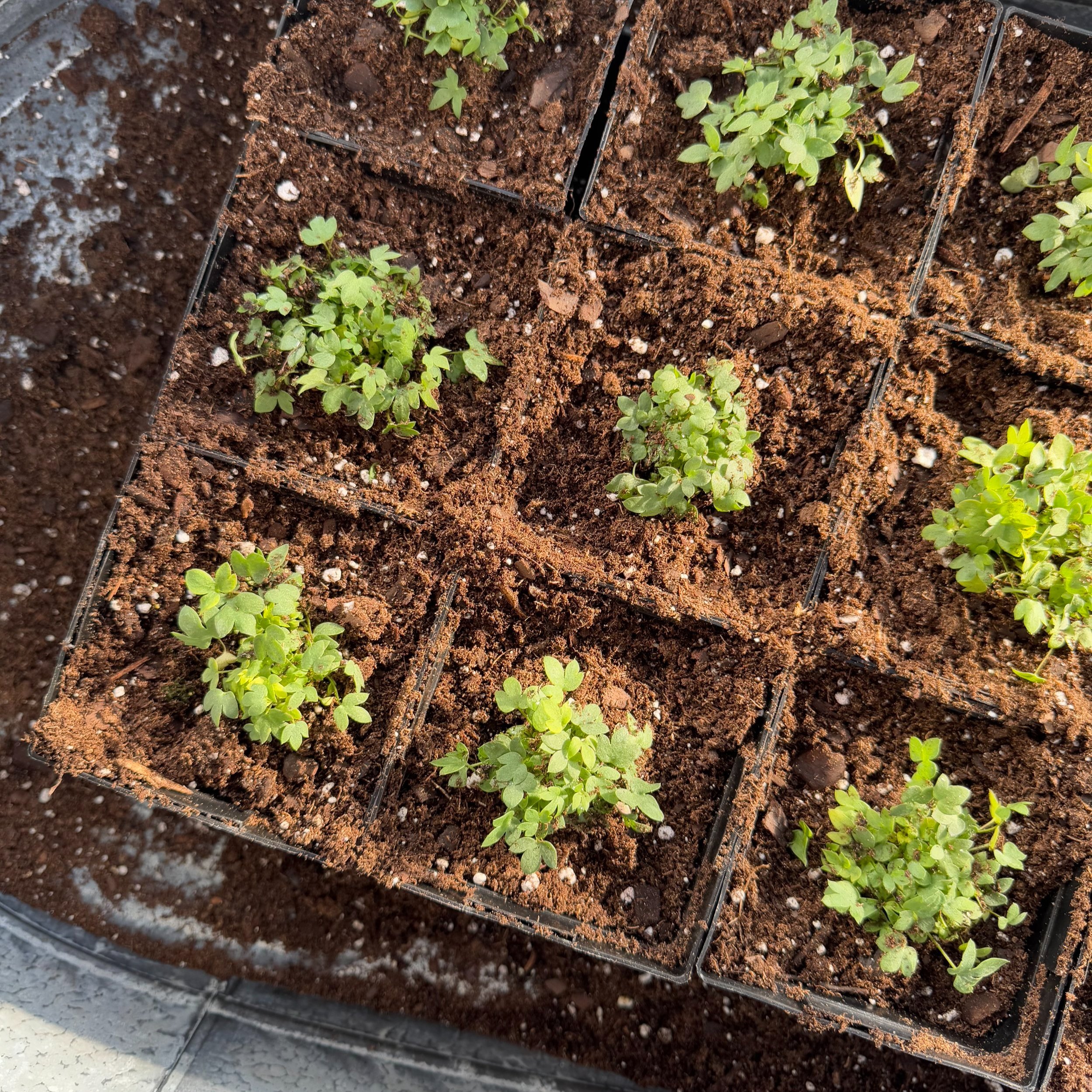 Image 7 of 7
Image 7 of 7








Plains Larkspur
Pre-orders will be available for pick-up as early as May 1.
Delphinium carolinianum is a fairytale wildflower in our spring prairie. Blooming May through June, the white to almost blue florets on the flower spike have the traditional spur shape that gives larkspur its common name.
Housed in the ranunculus family, plains larkspur comes into full glory early in the summer before dying back for the hottest and most dry part of the year. Don’t worry! It will bounce back from its starchy roots as temperatures cool again.
Height: 18-45”
Pre-orders will be available for pick-up as early as May 1.
Delphinium carolinianum is a fairytale wildflower in our spring prairie. Blooming May through June, the white to almost blue florets on the flower spike have the traditional spur shape that gives larkspur its common name.
Housed in the ranunculus family, plains larkspur comes into full glory early in the summer before dying back for the hottest and most dry part of the year. Don’t worry! It will bounce back from its starchy roots as temperatures cool again.
Height: 18-45”
Pre-orders will be available for pick-up as early as May 1.
Delphinium carolinianum is a fairytale wildflower in our spring prairie. Blooming May through June, the white to almost blue florets on the flower spike have the traditional spur shape that gives larkspur its common name.
Housed in the ranunculus family, plains larkspur comes into full glory early in the summer before dying back for the hottest and most dry part of the year. Don’t worry! It will bounce back from its starchy roots as temperatures cool again.
Height: 18-45”
A Note from the Grower
All of my perennial natives are sold in quarts or larger to ensure establishment success. Since I am gathering seeds directly from the Southern Flint Hills region of our prairie, my plants’ genetics are solid and can withstand the soil and climate of our native area.
Regionally native plants also have the added benefit of being ideal pollinator plants. Many of our local birds and insects rely on these plants in a way that nursery-produced cultivars cannot be relied.
For best establishment, aim to plant after soil temperatures have warmed (May-July) or before our first average frost (September-October).
A Note on Native Gardening
Natural landscaping is not manicured, but it can be beautiful! It most certainly is beneficial to our planet. The varieties of plants that I grow in my native program are wild, collected from my family’s 6th generation rangeland. That means that no breeder but nature has touched them.
I avoid producing naturalized species of plants, sticking to tried-and-true native plants that were here before we were. I also do not produce invasive species. To be classified as invasive, plants must be non-native and must be inhibiting the natural populations that already exist here in the midwest.
Native plants can still feel “weedy” to gardeners. While native prairies rely on natural weather patterns for maintenance, our native gardens rely on us for maintenance. Establishing multiple natives in a controlled space, and ensuring that one species does not overtake the others is the main task of the native gardener.

